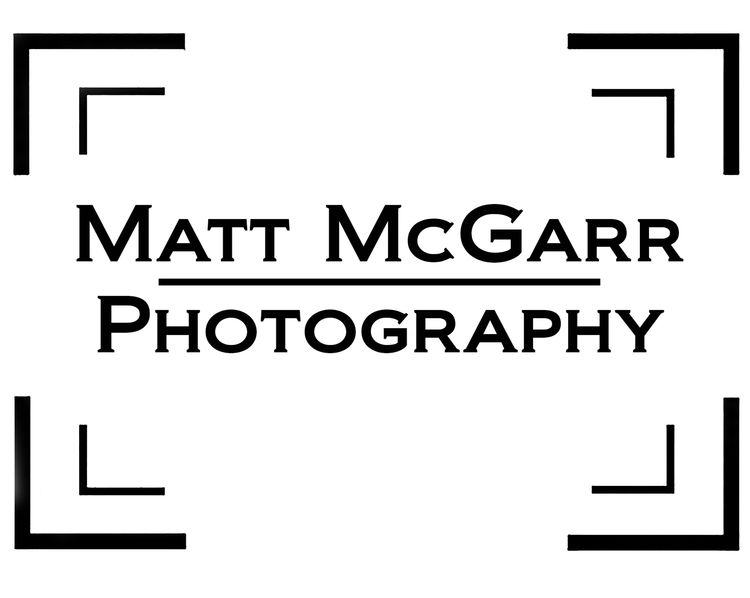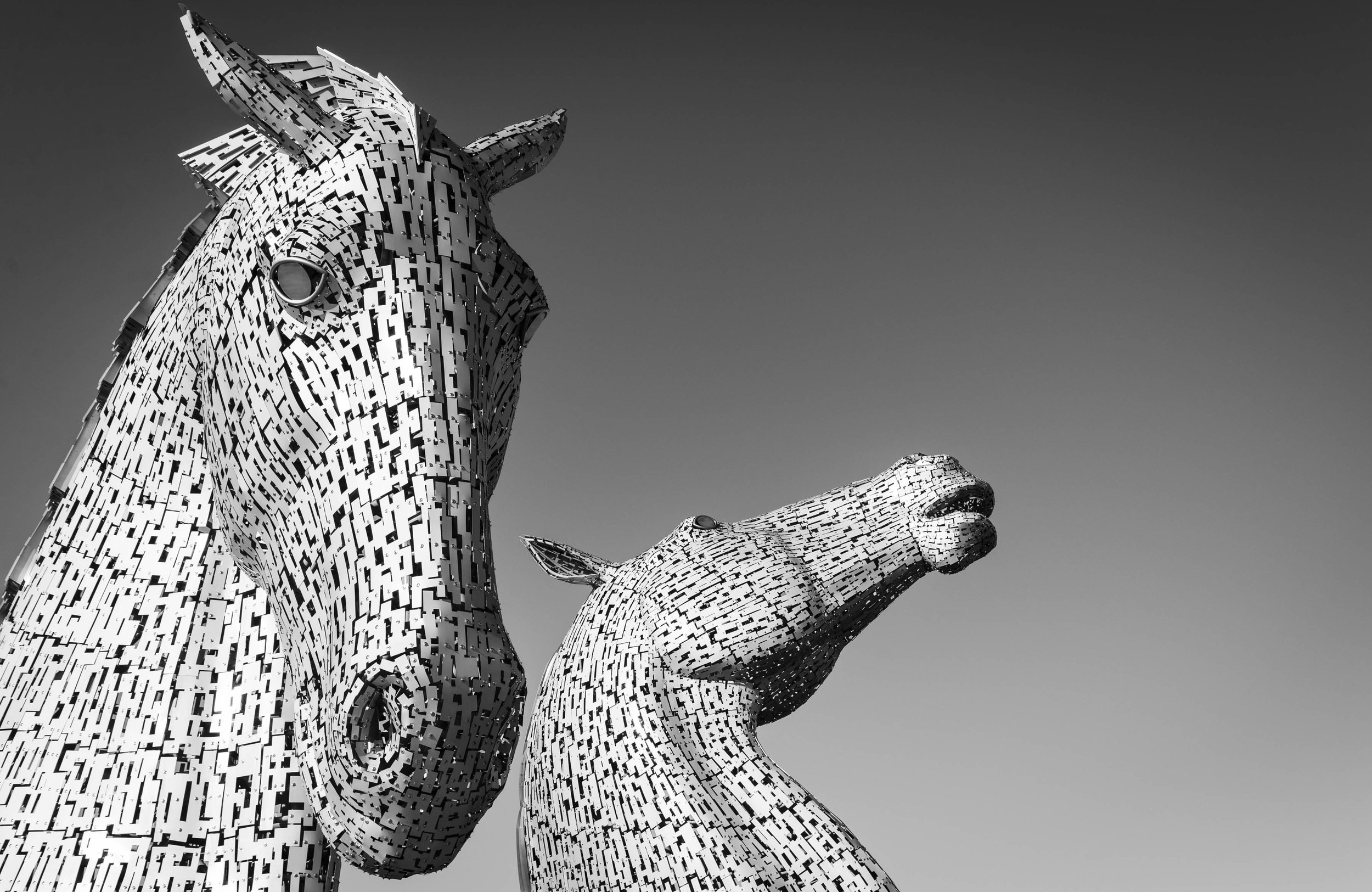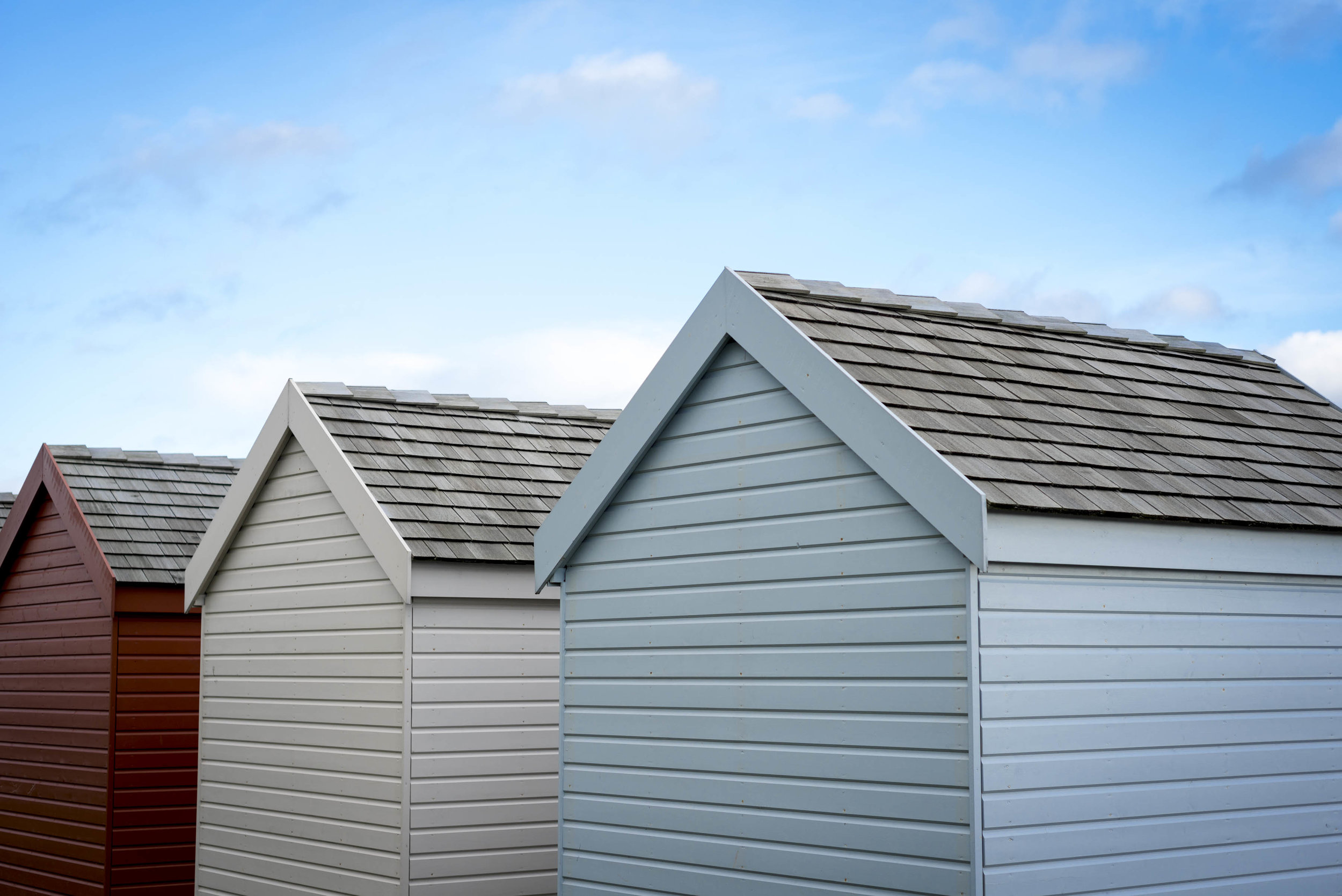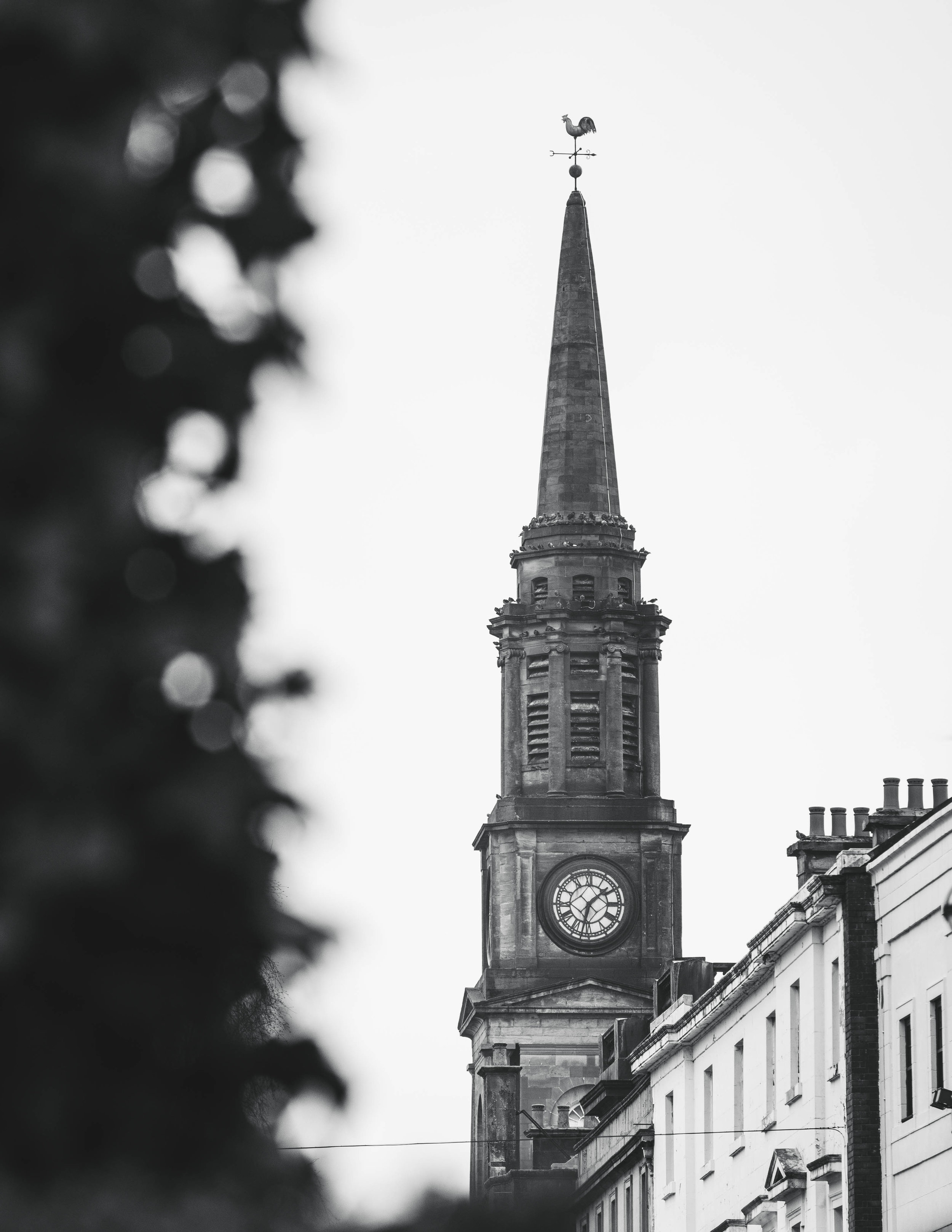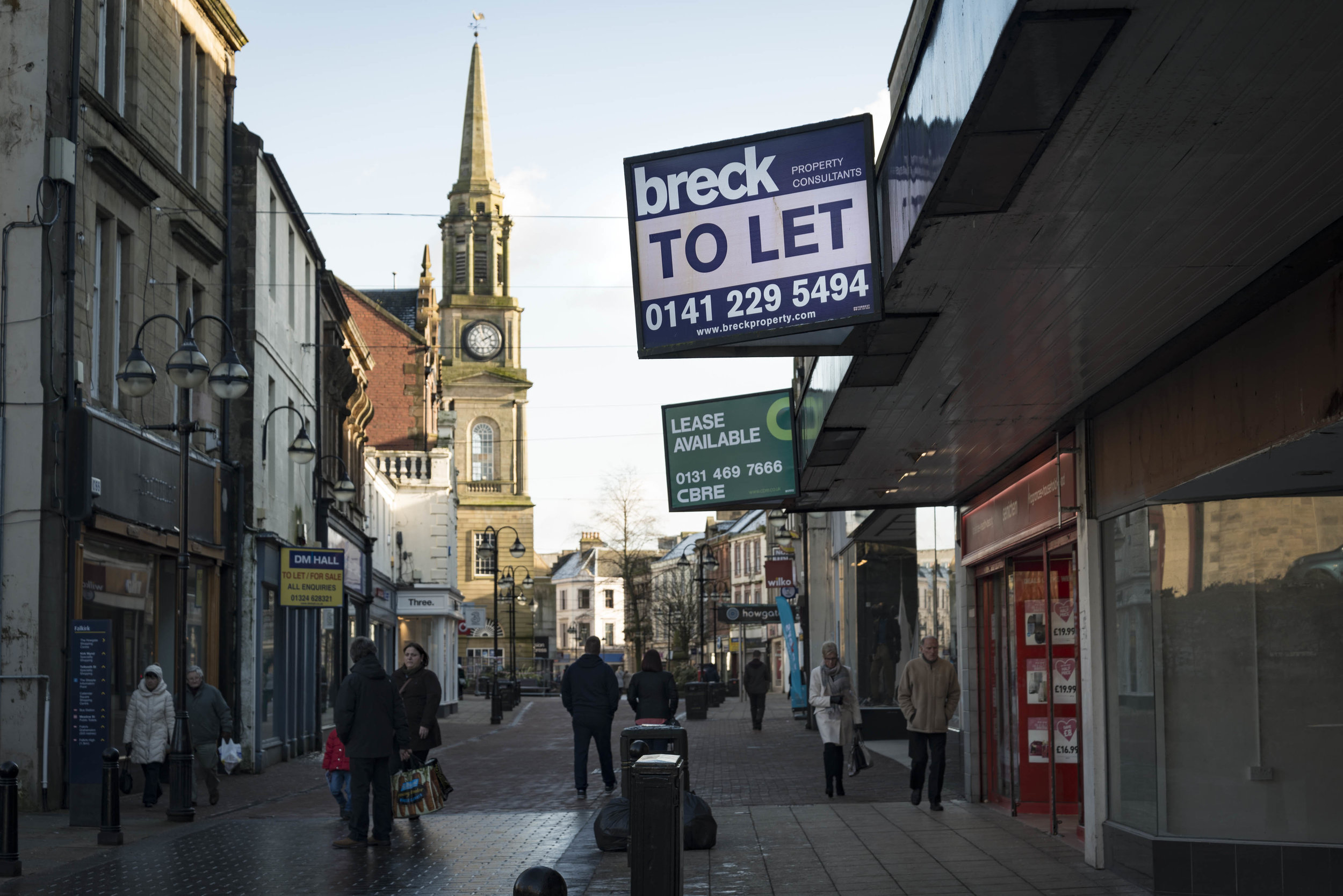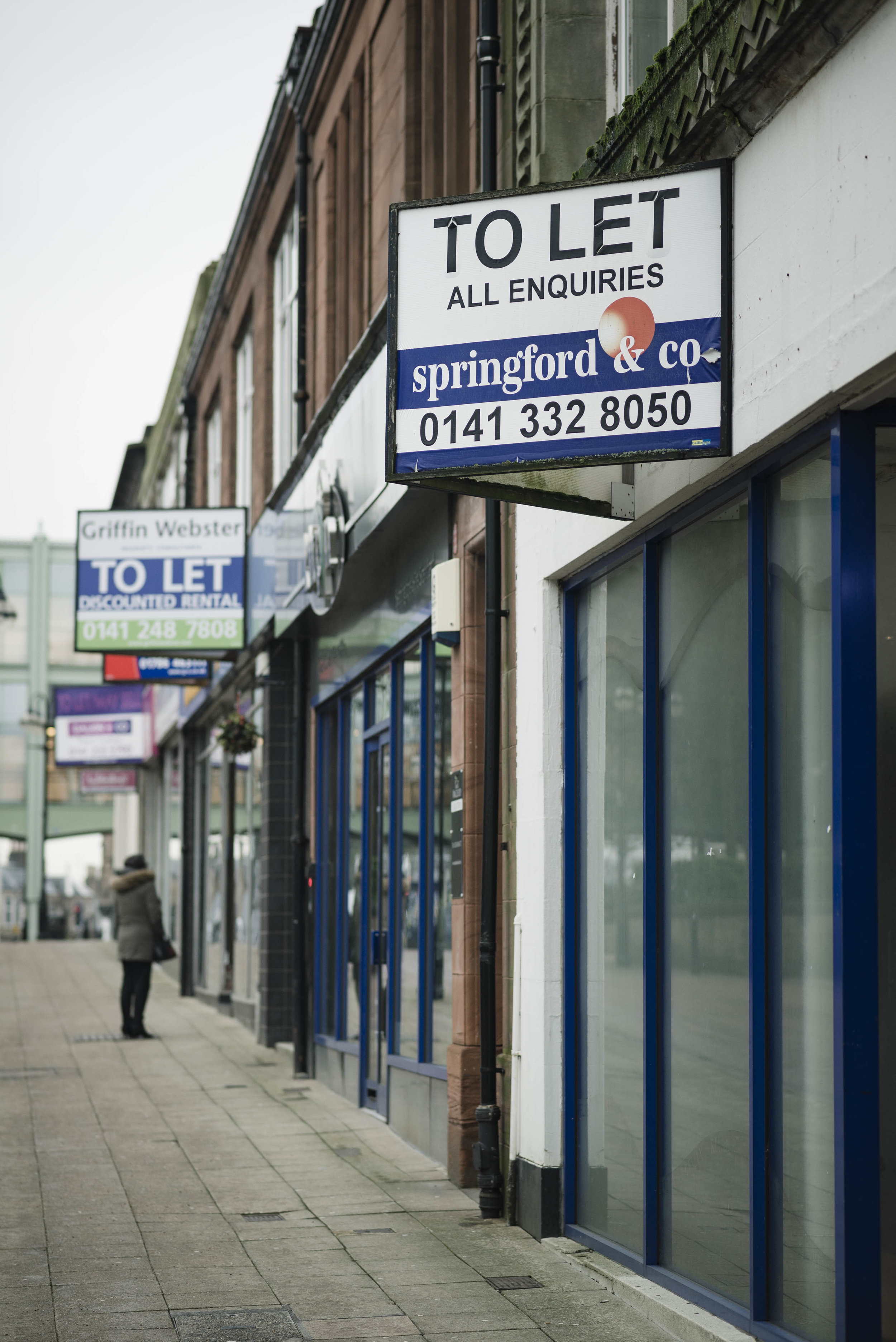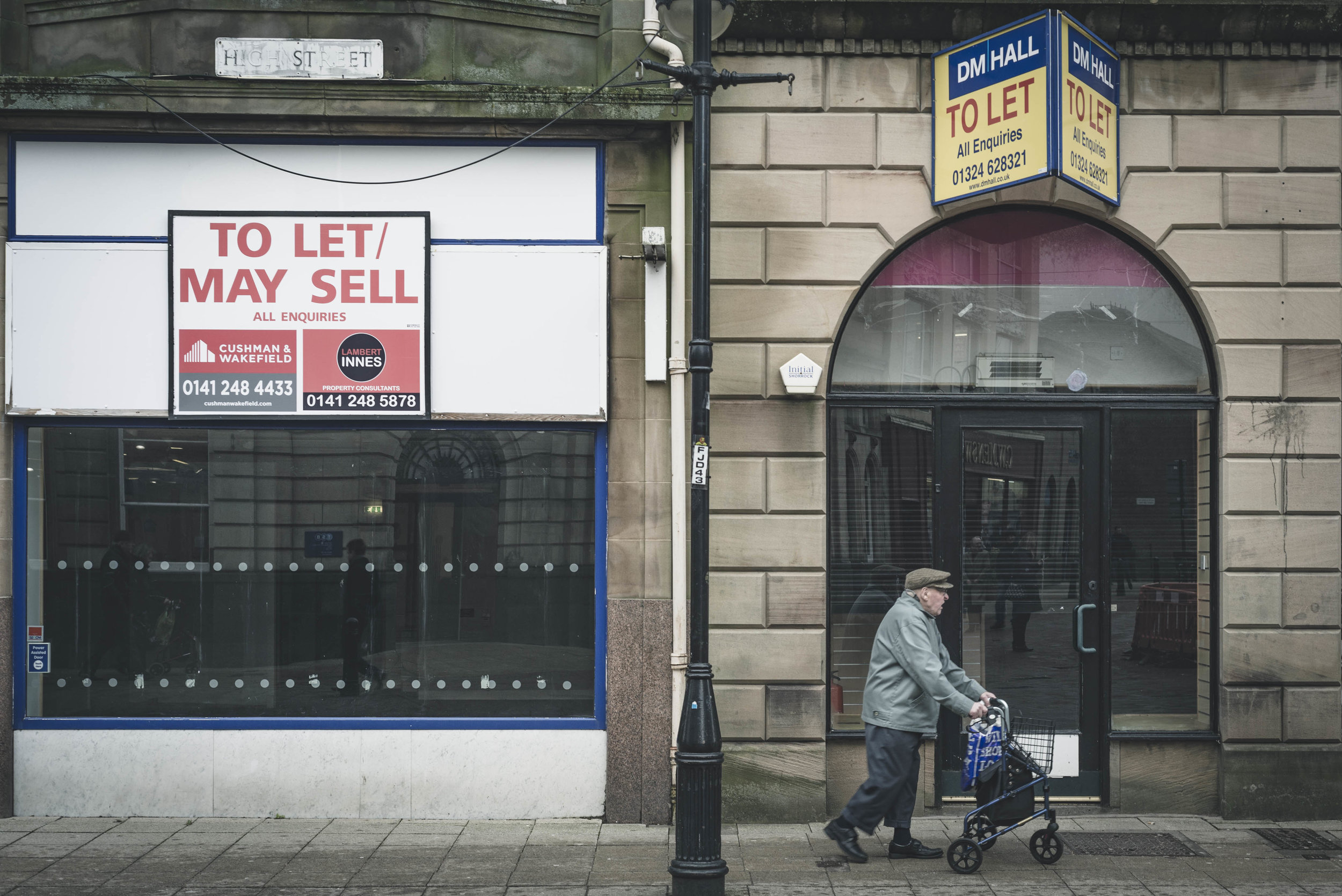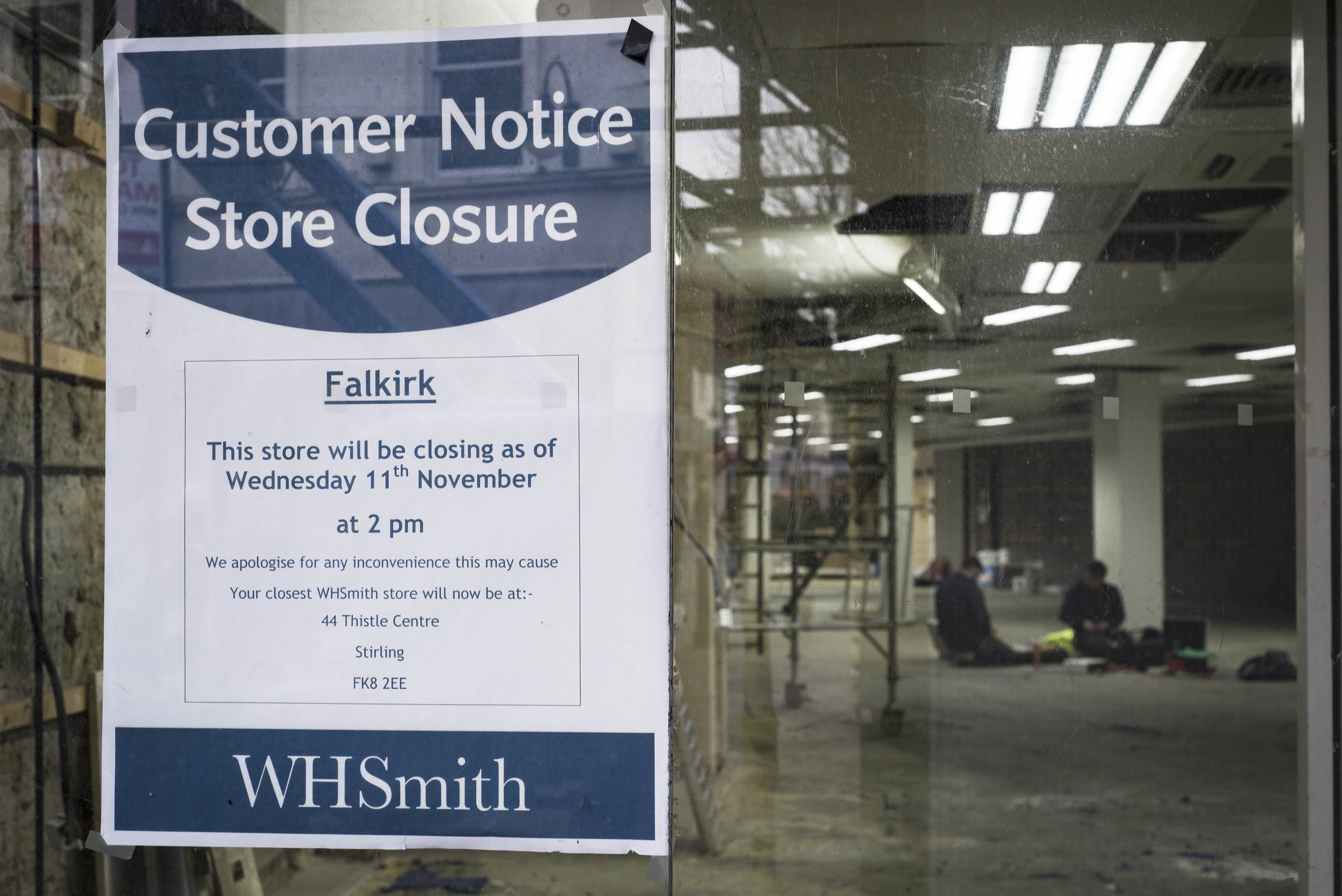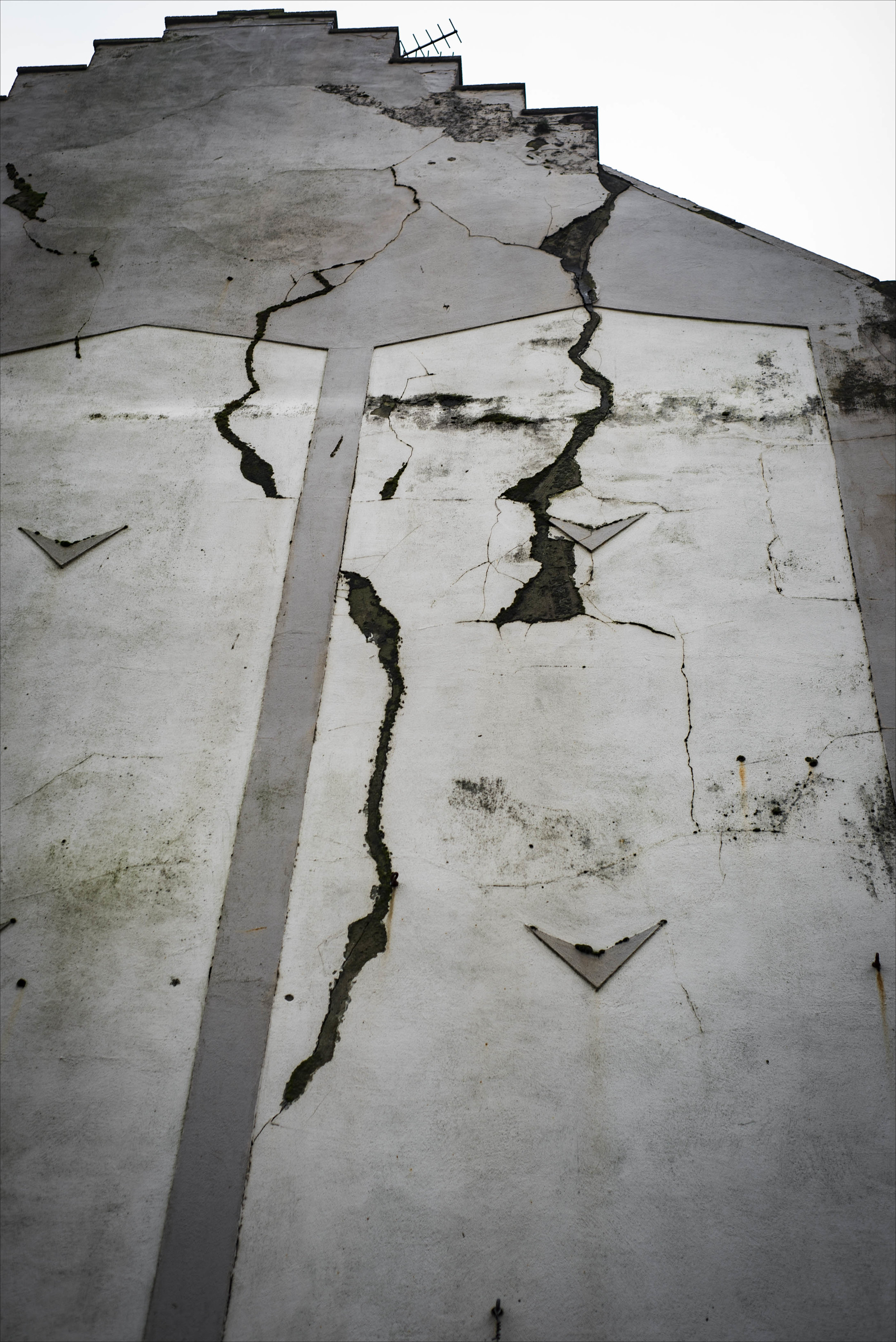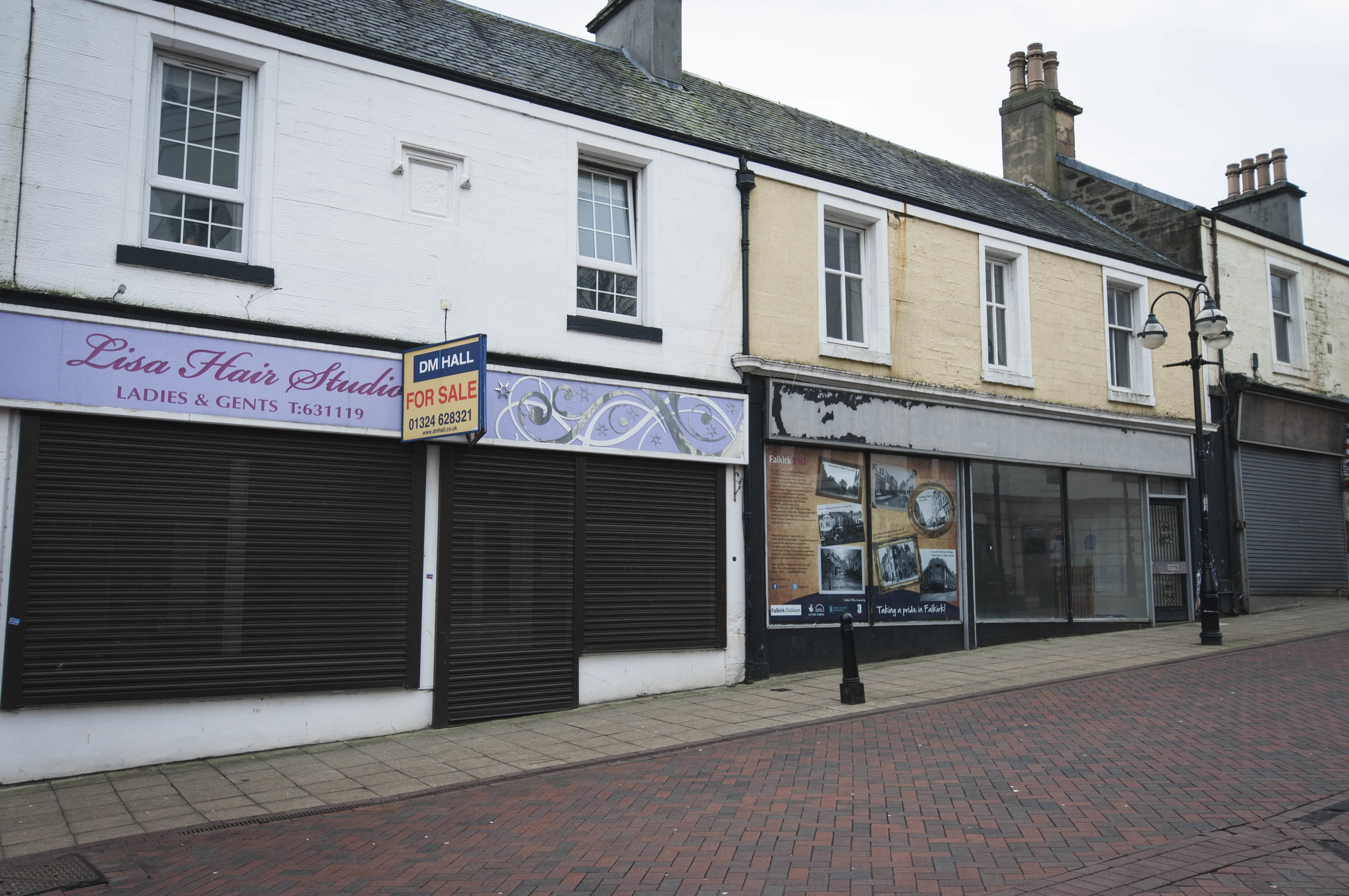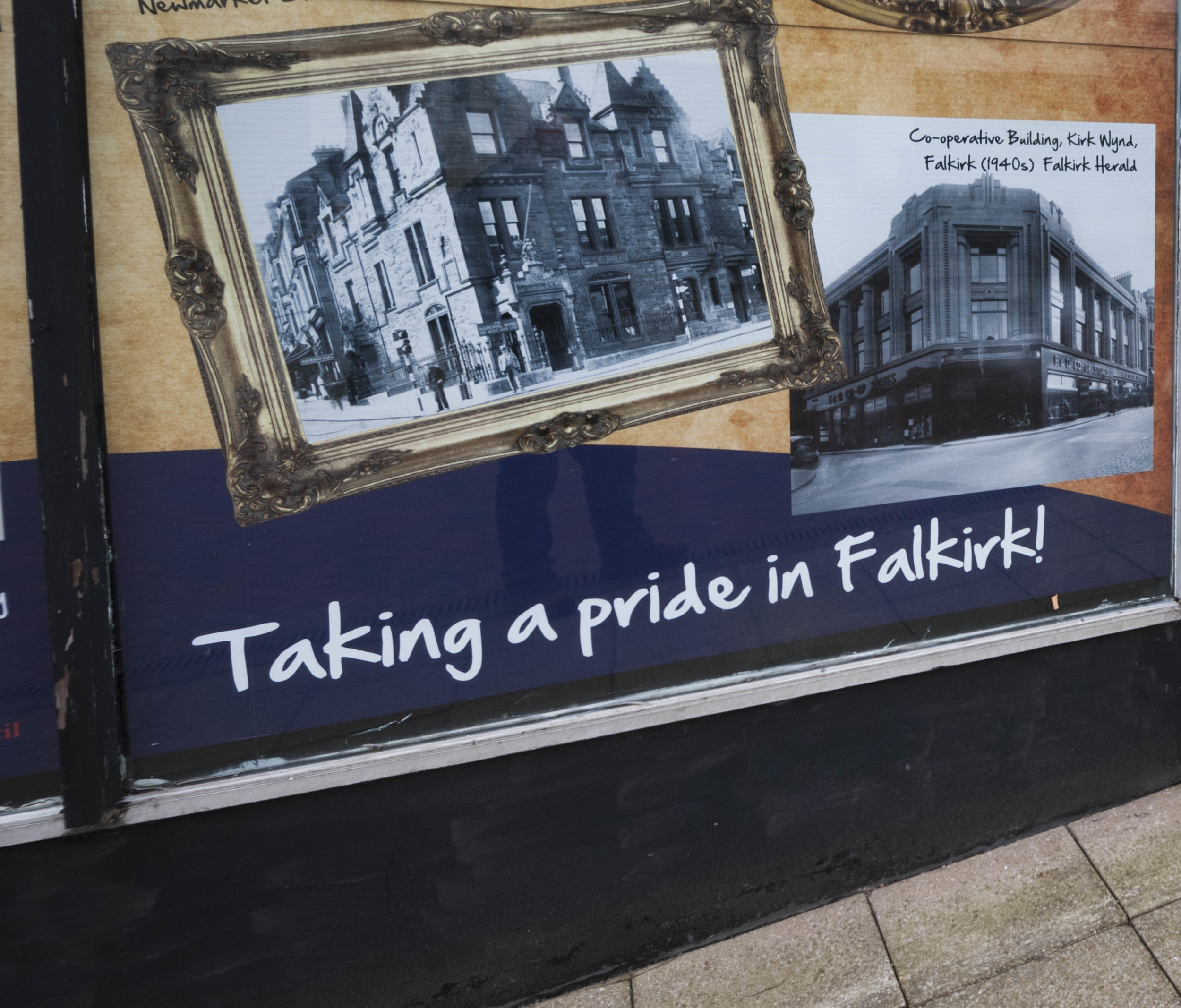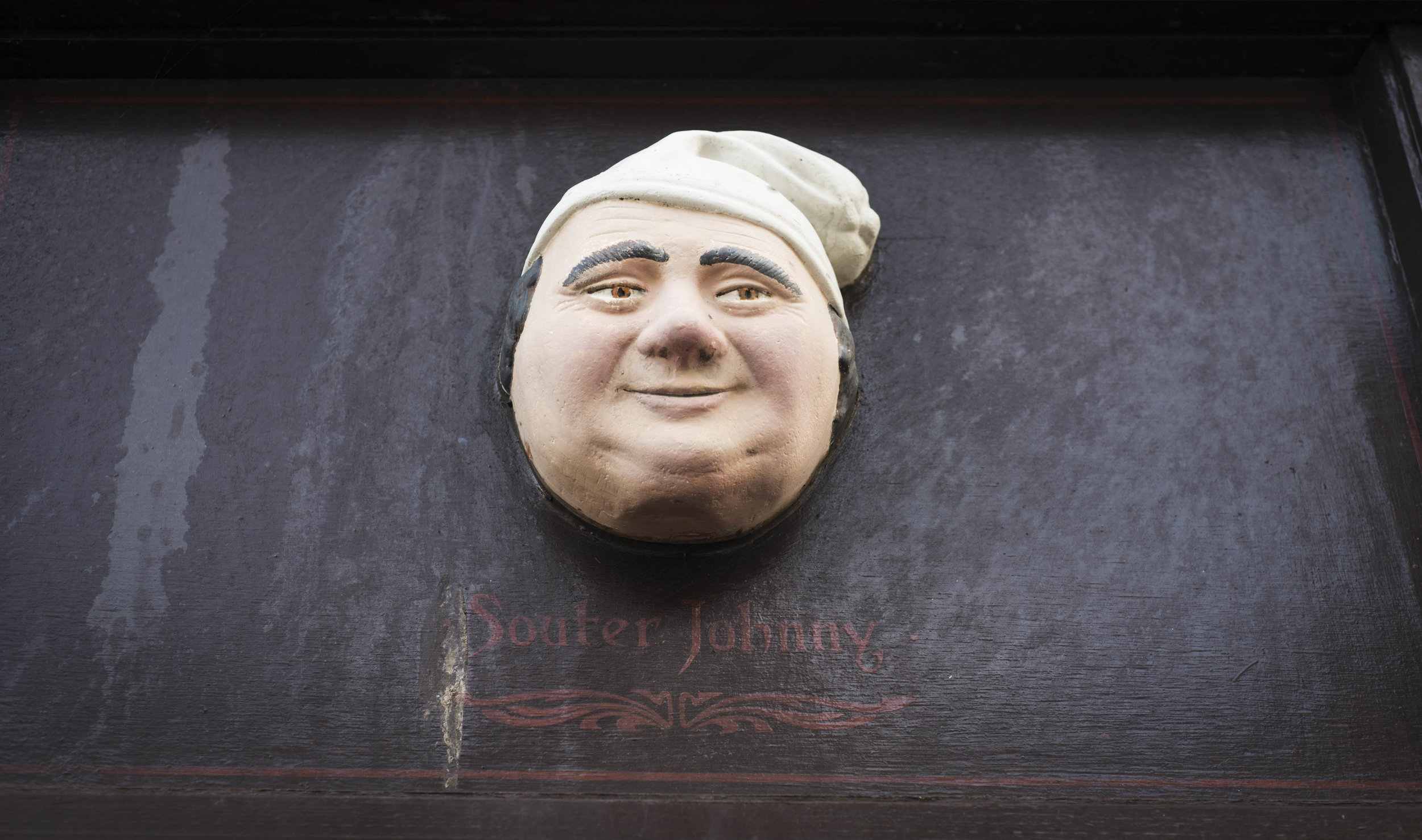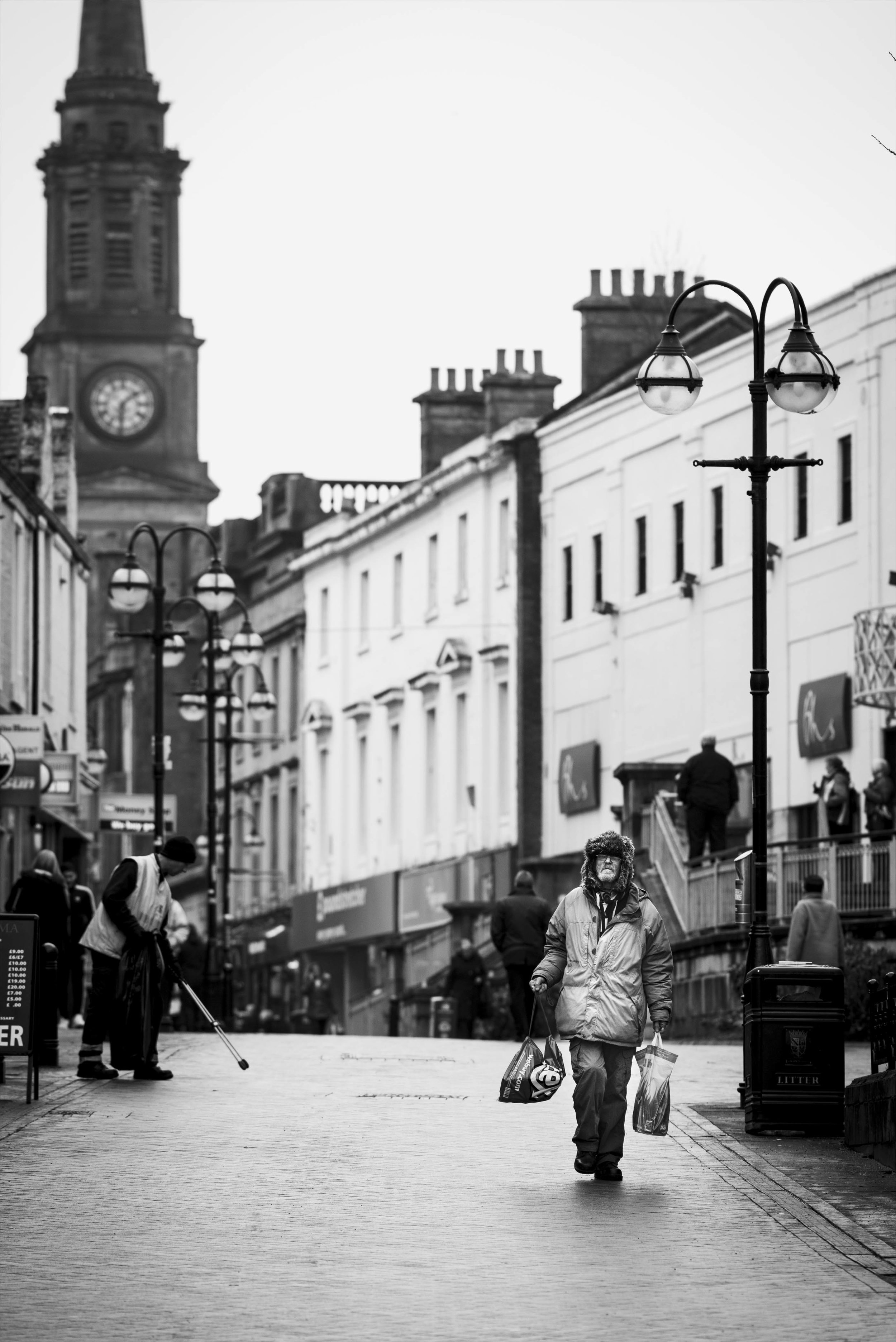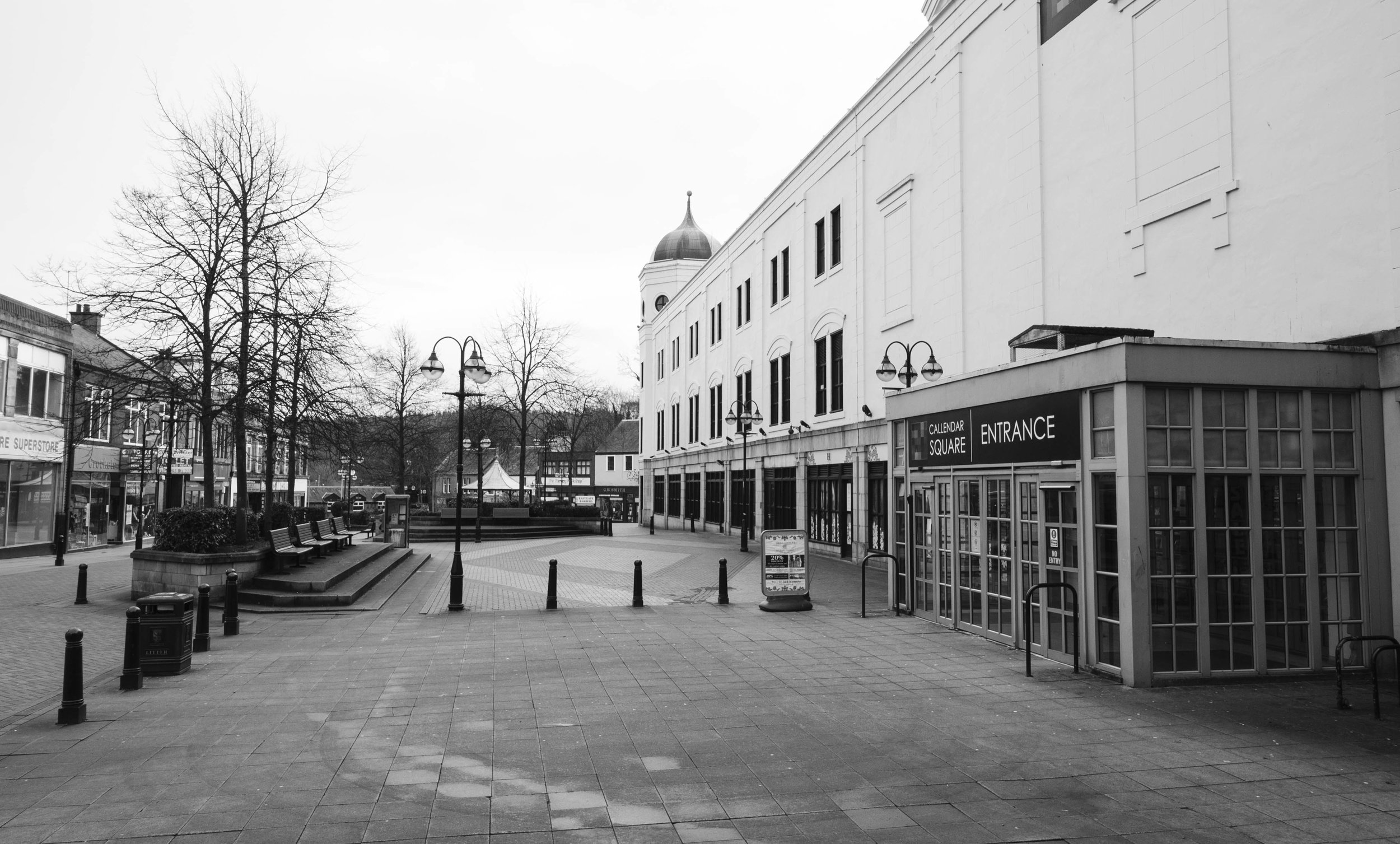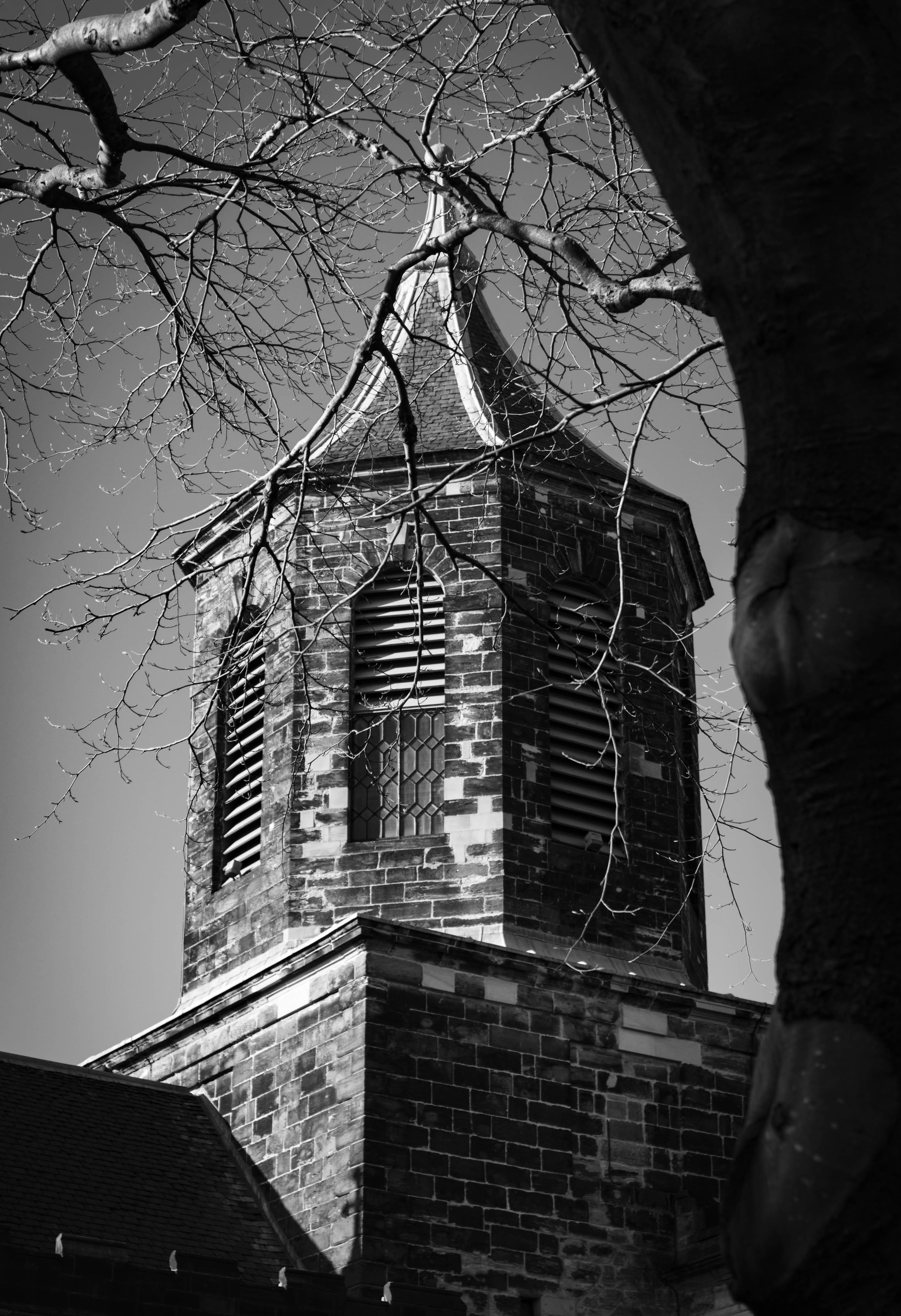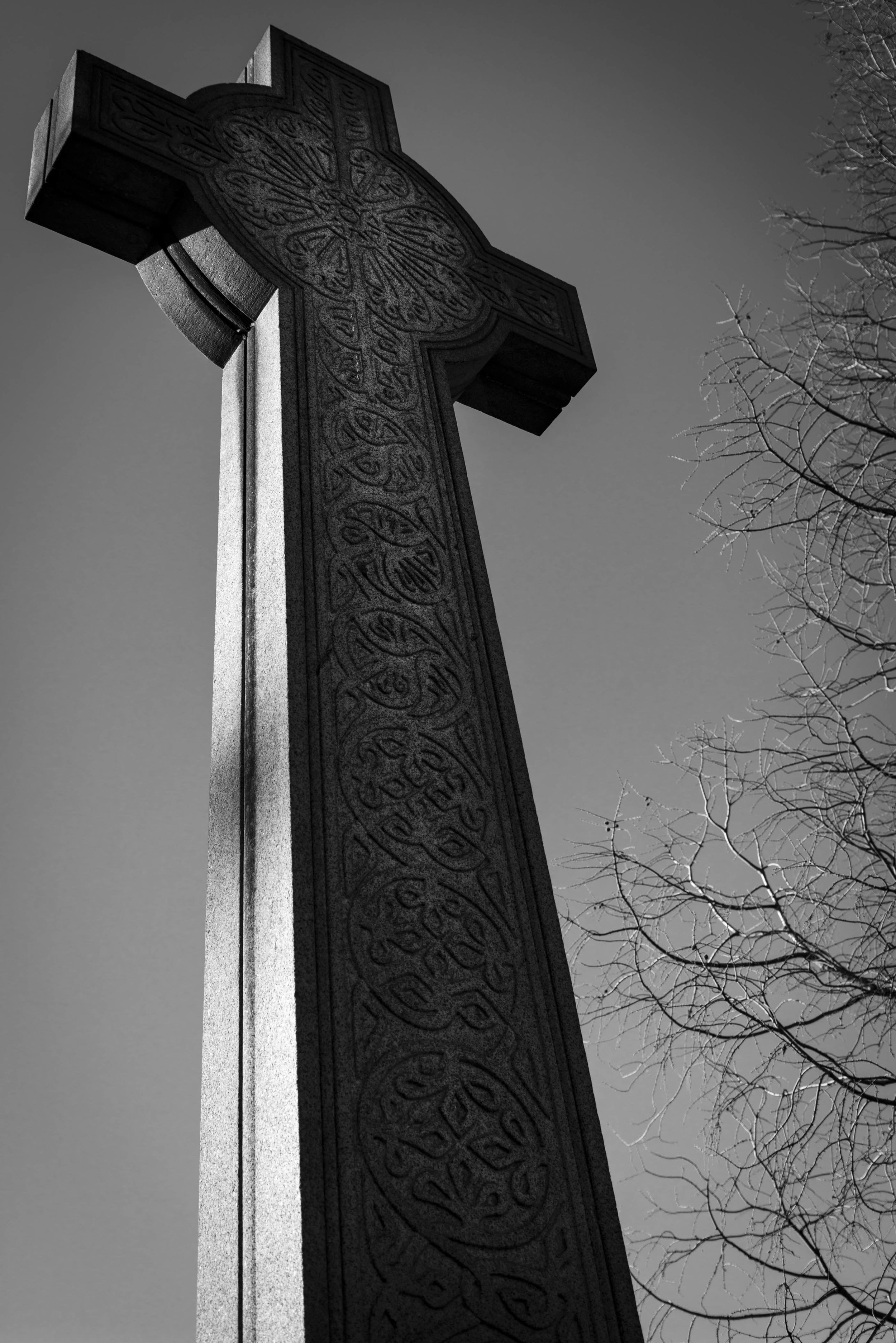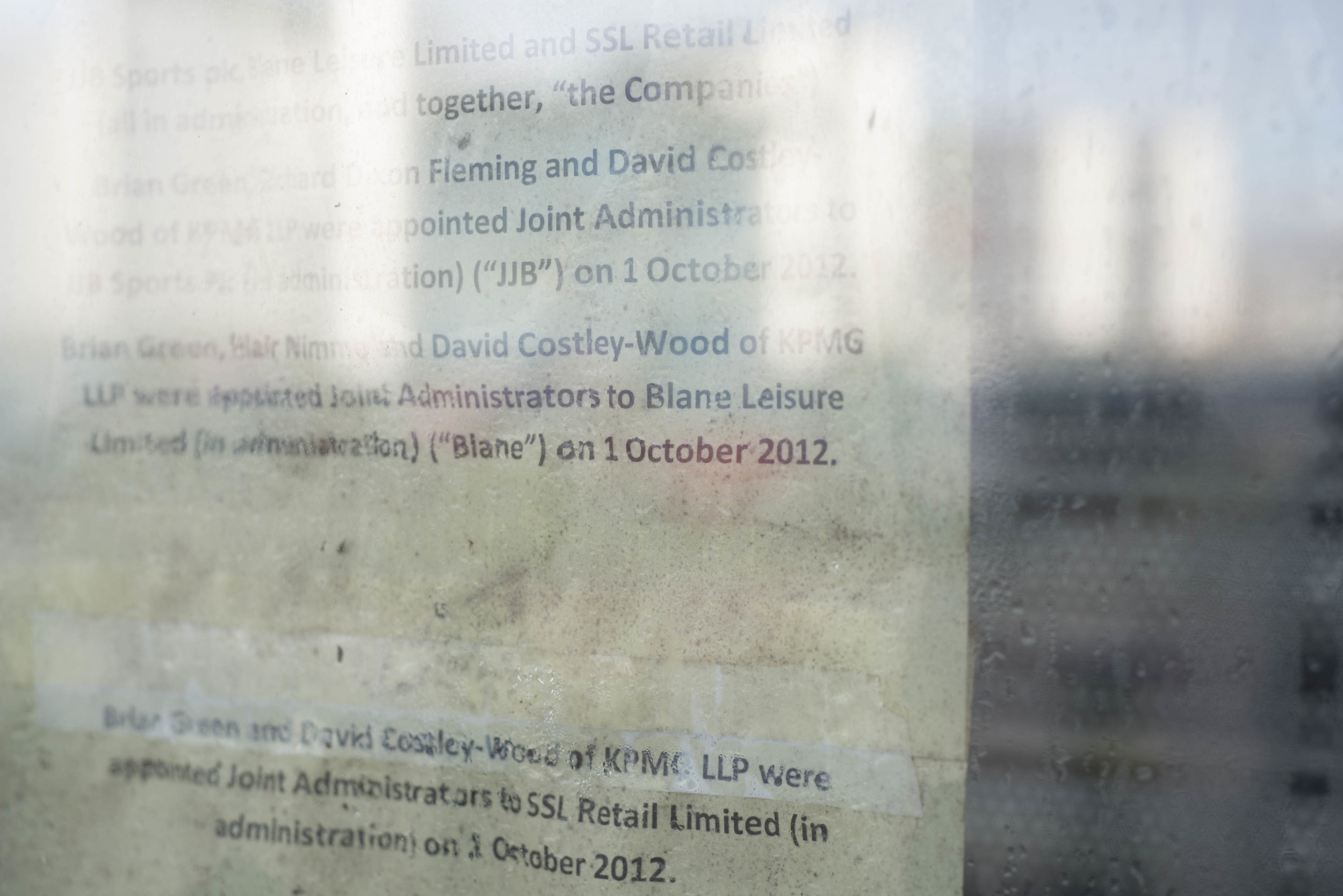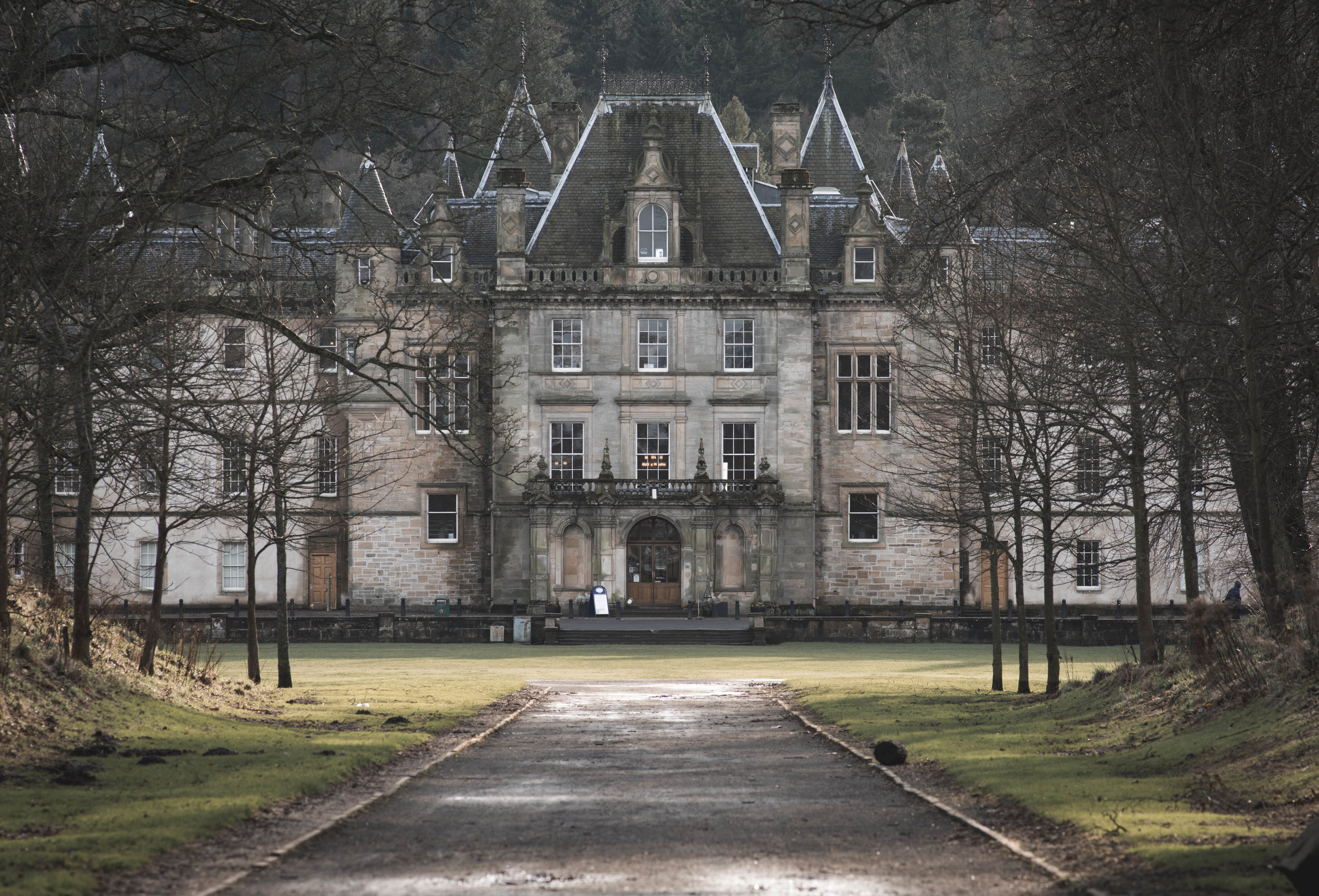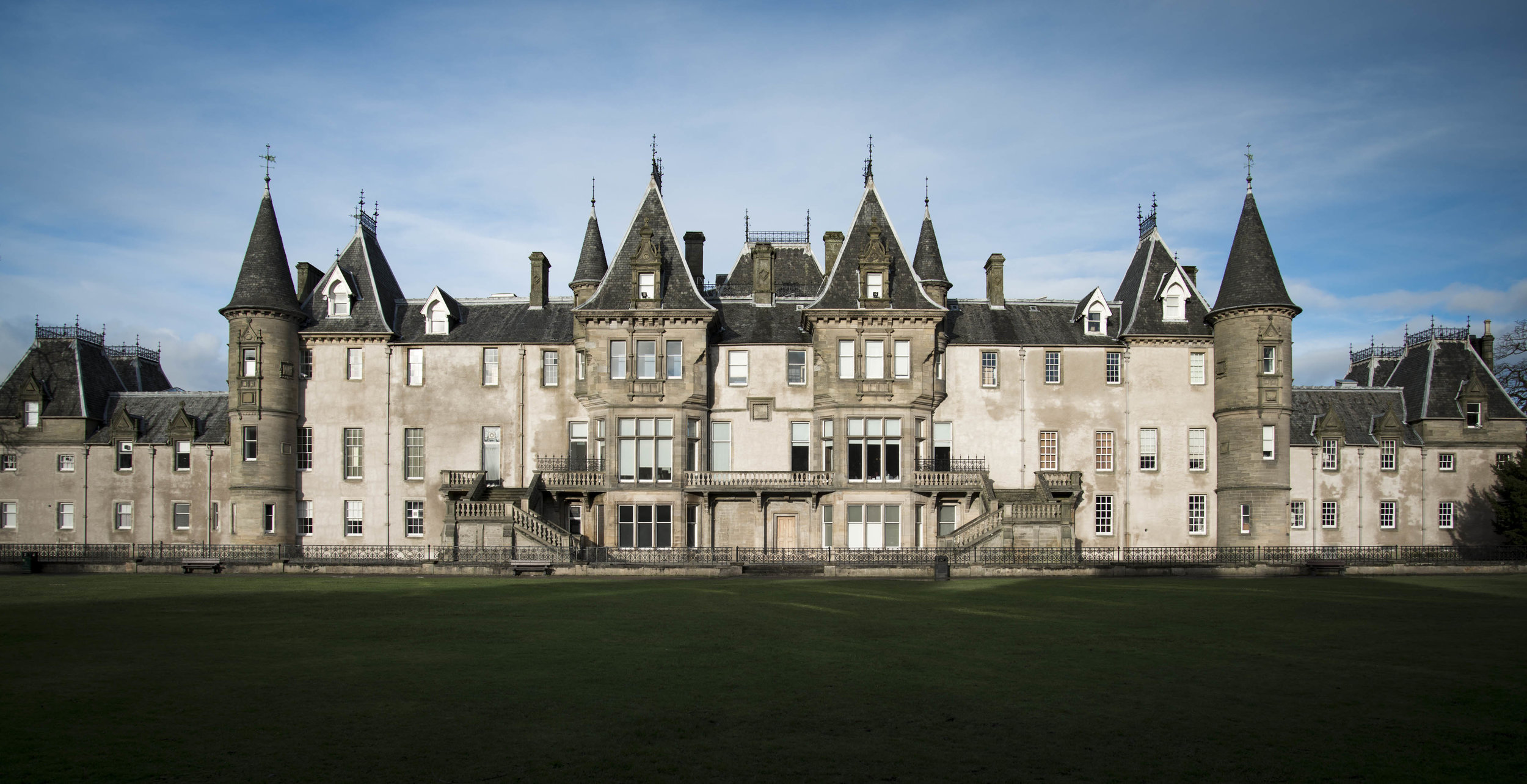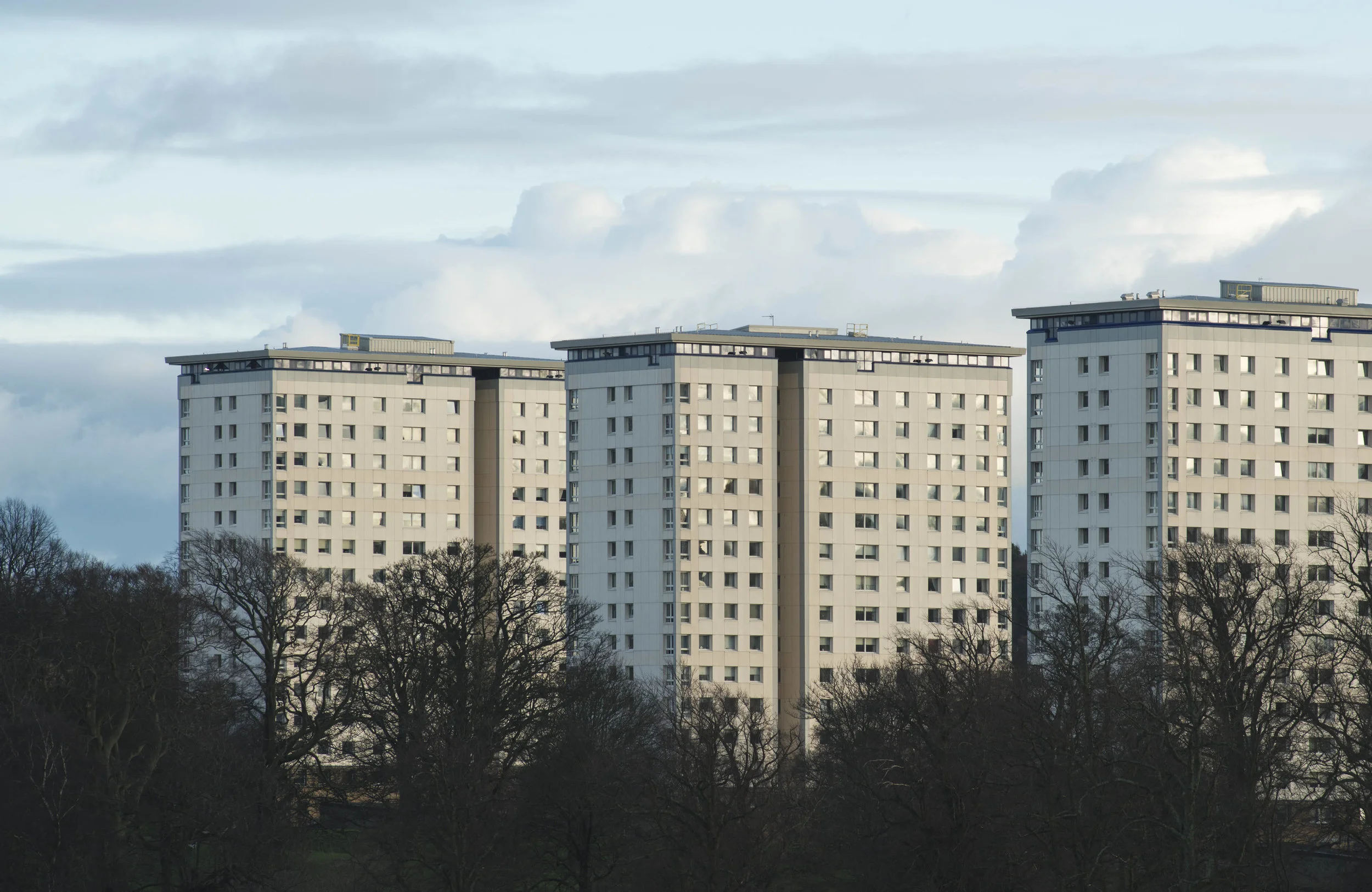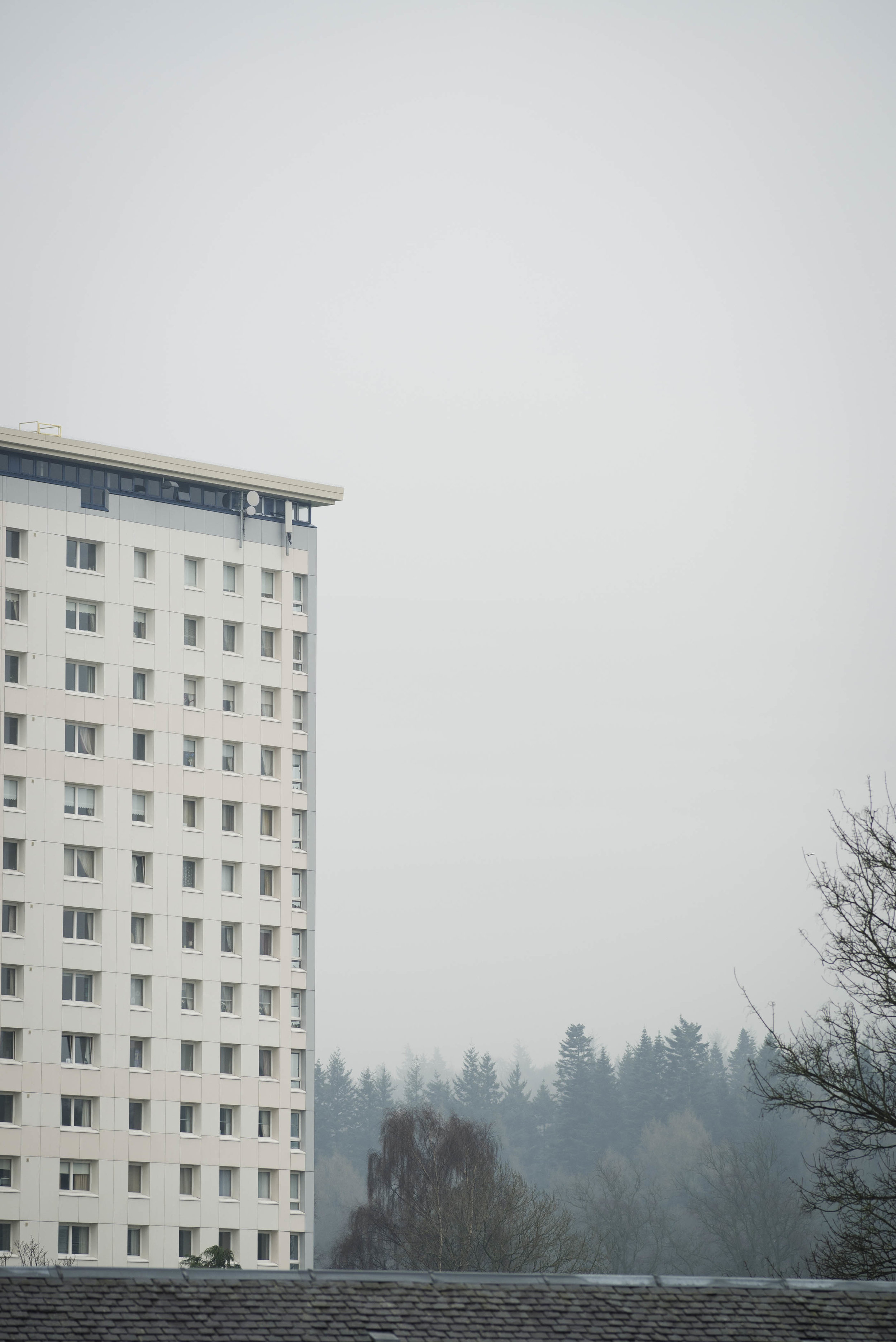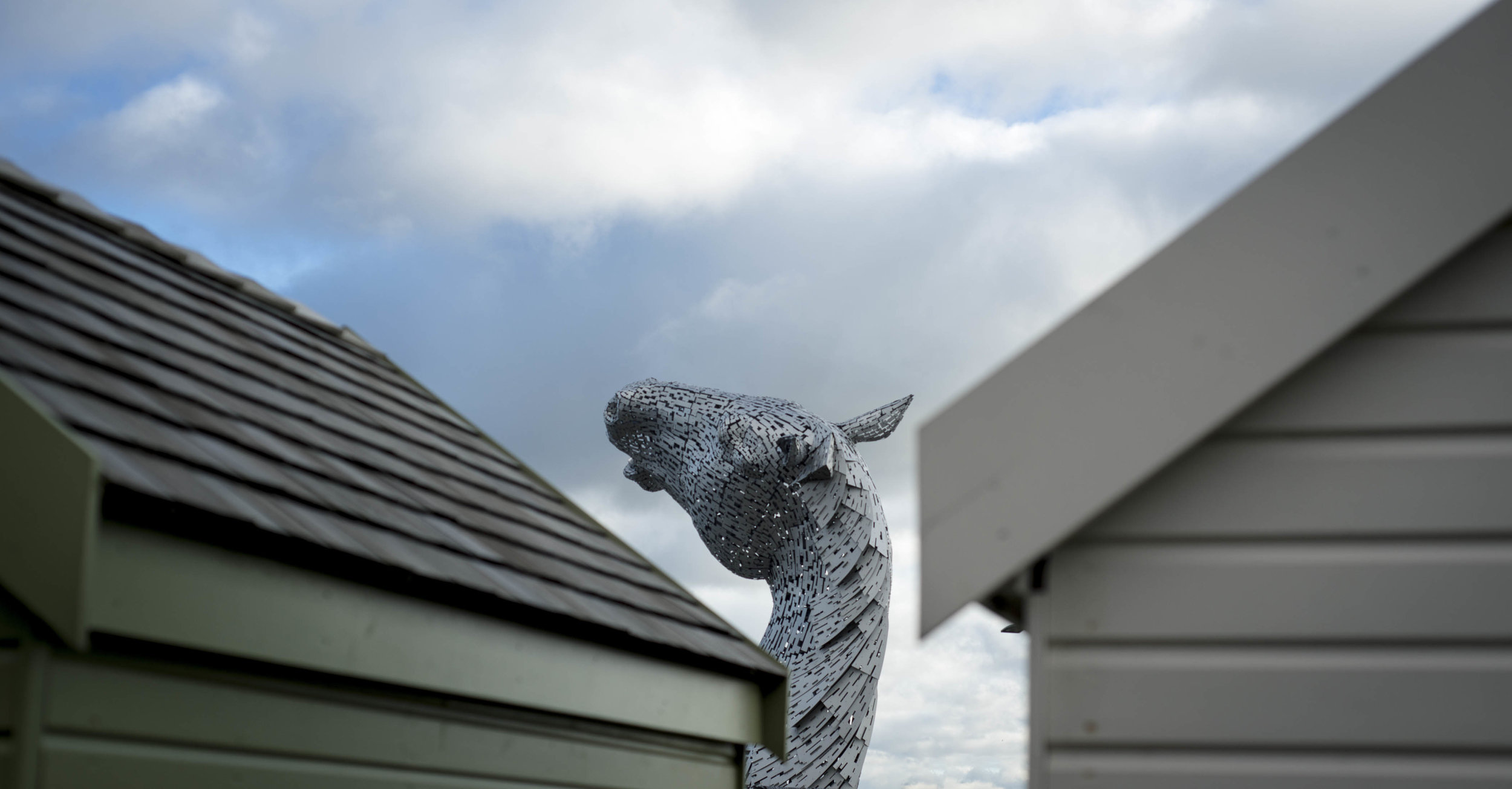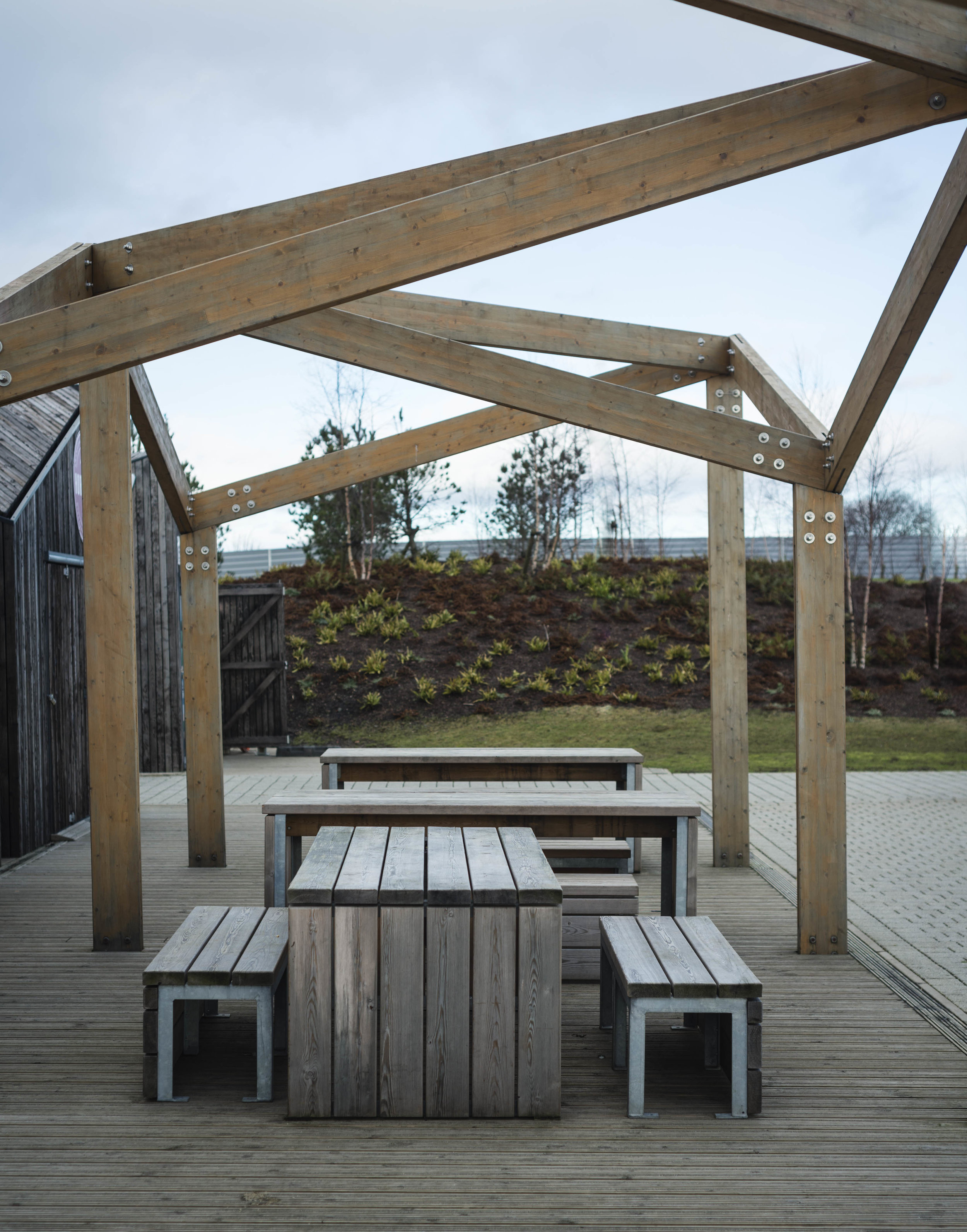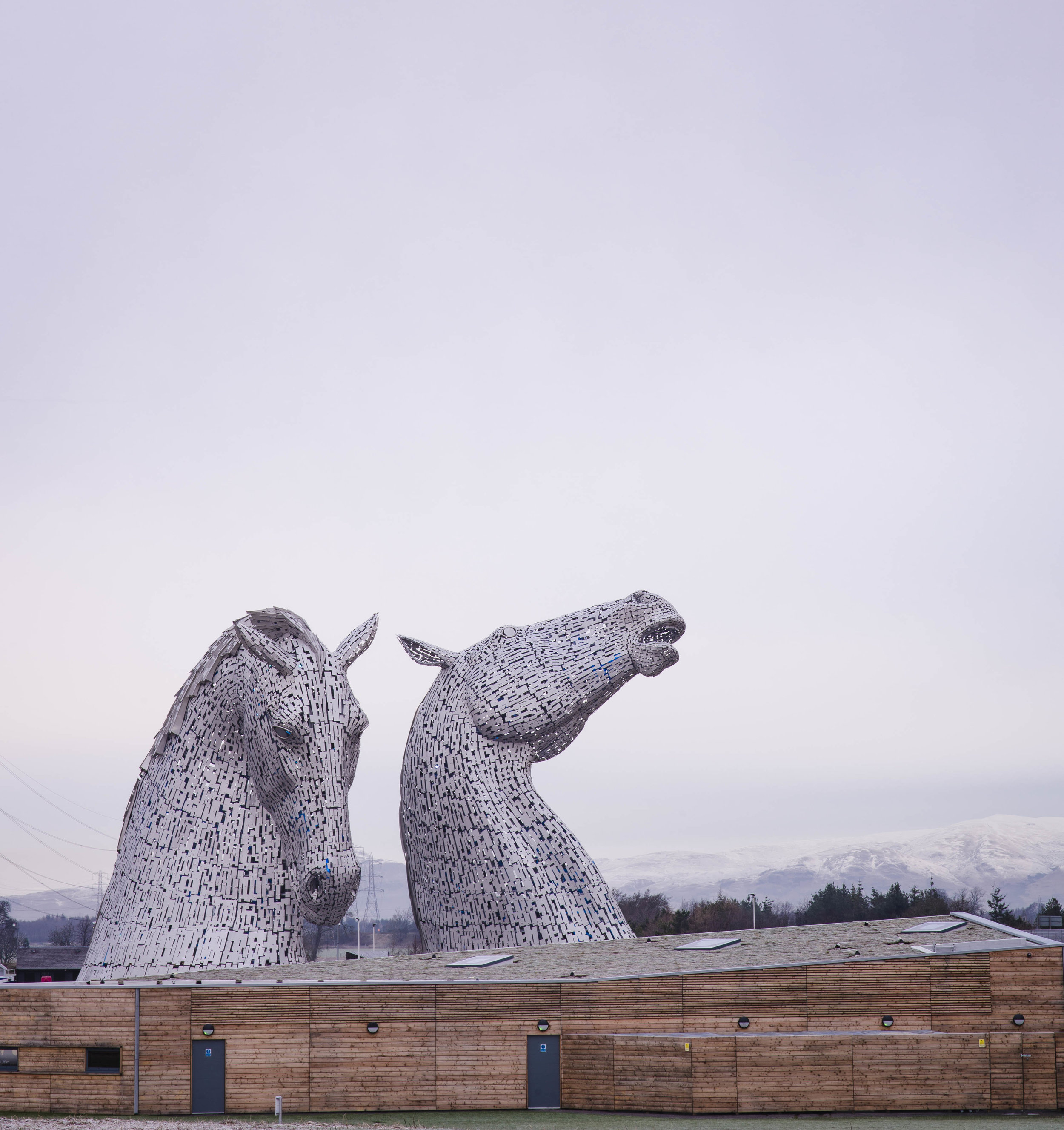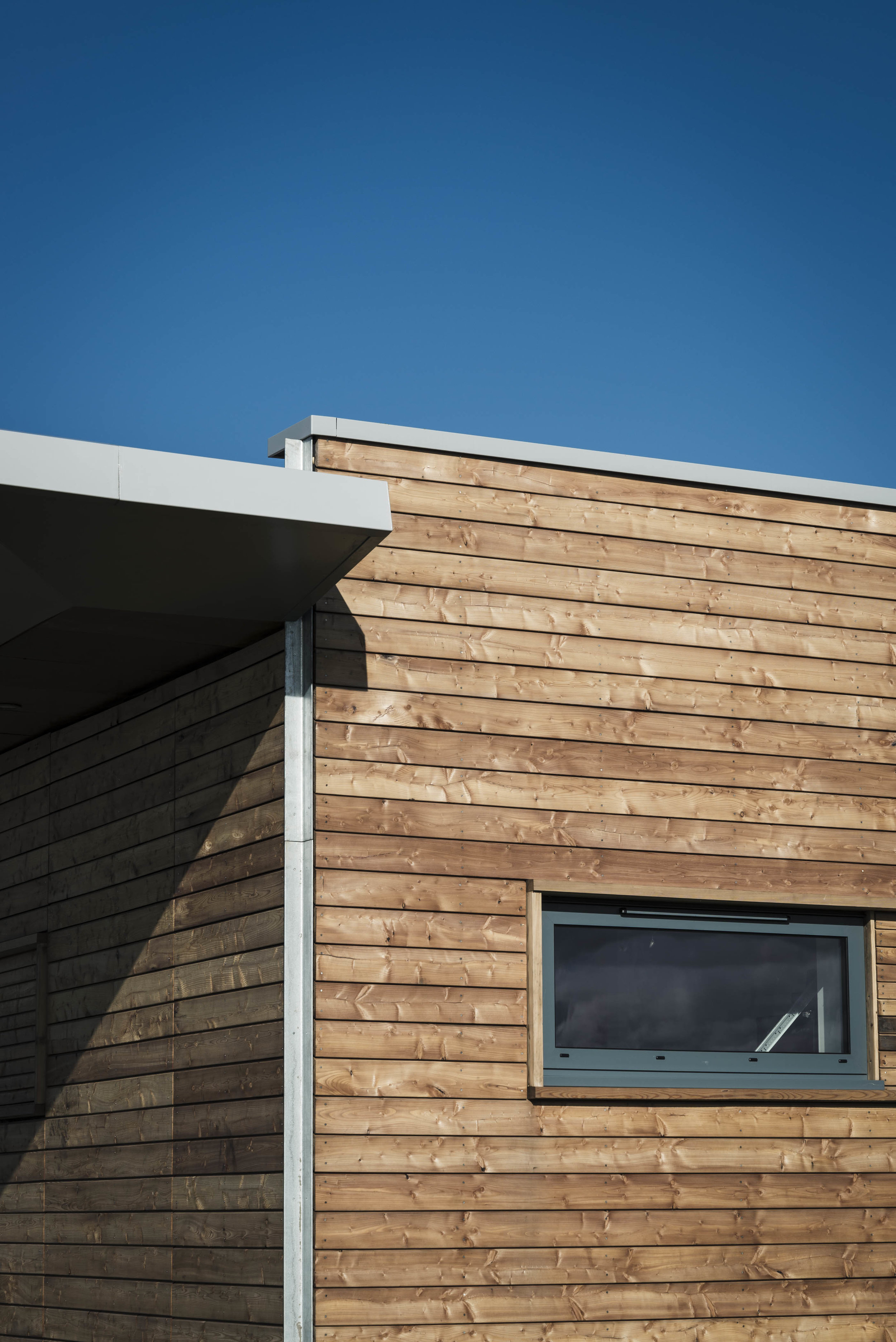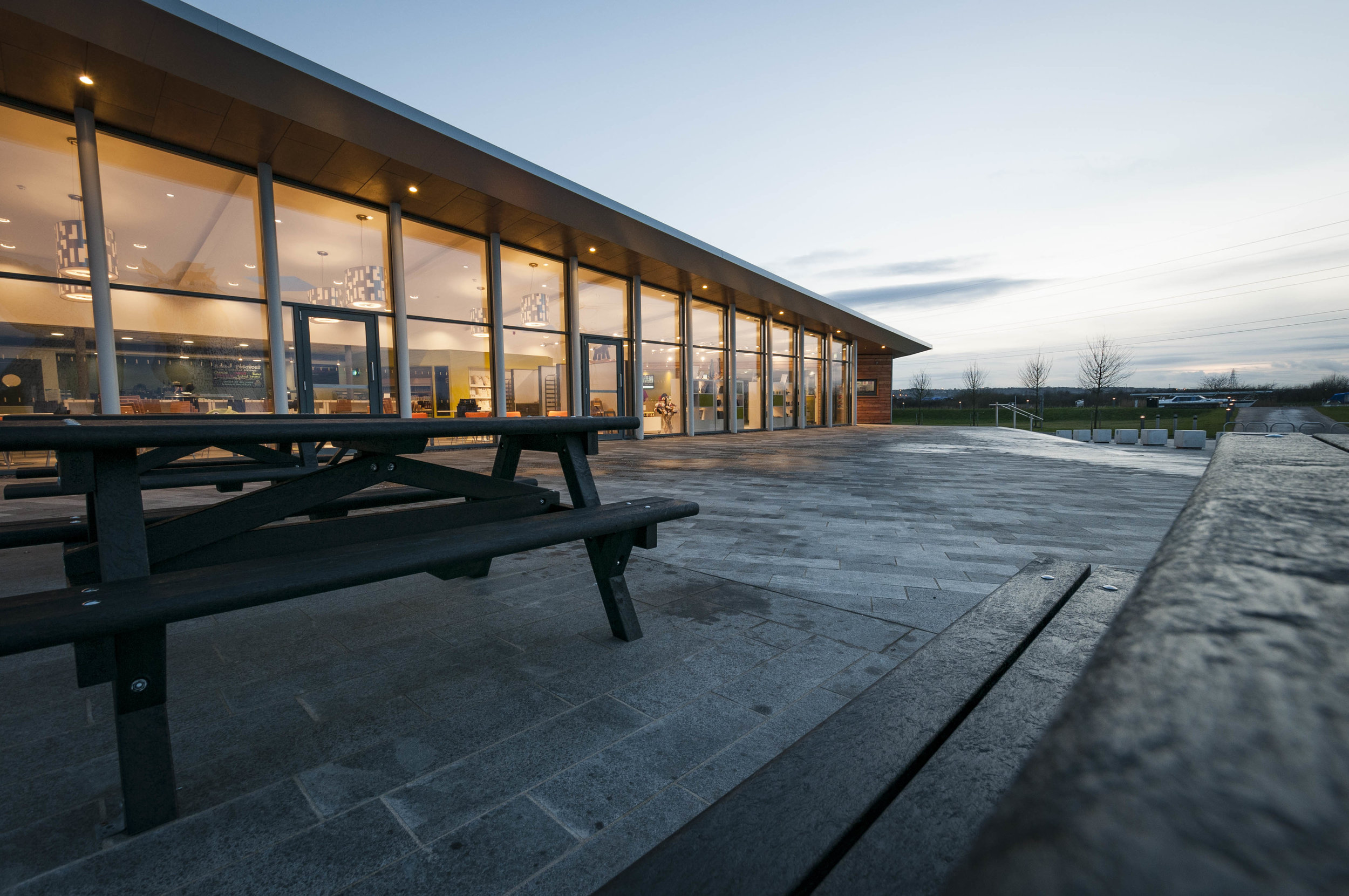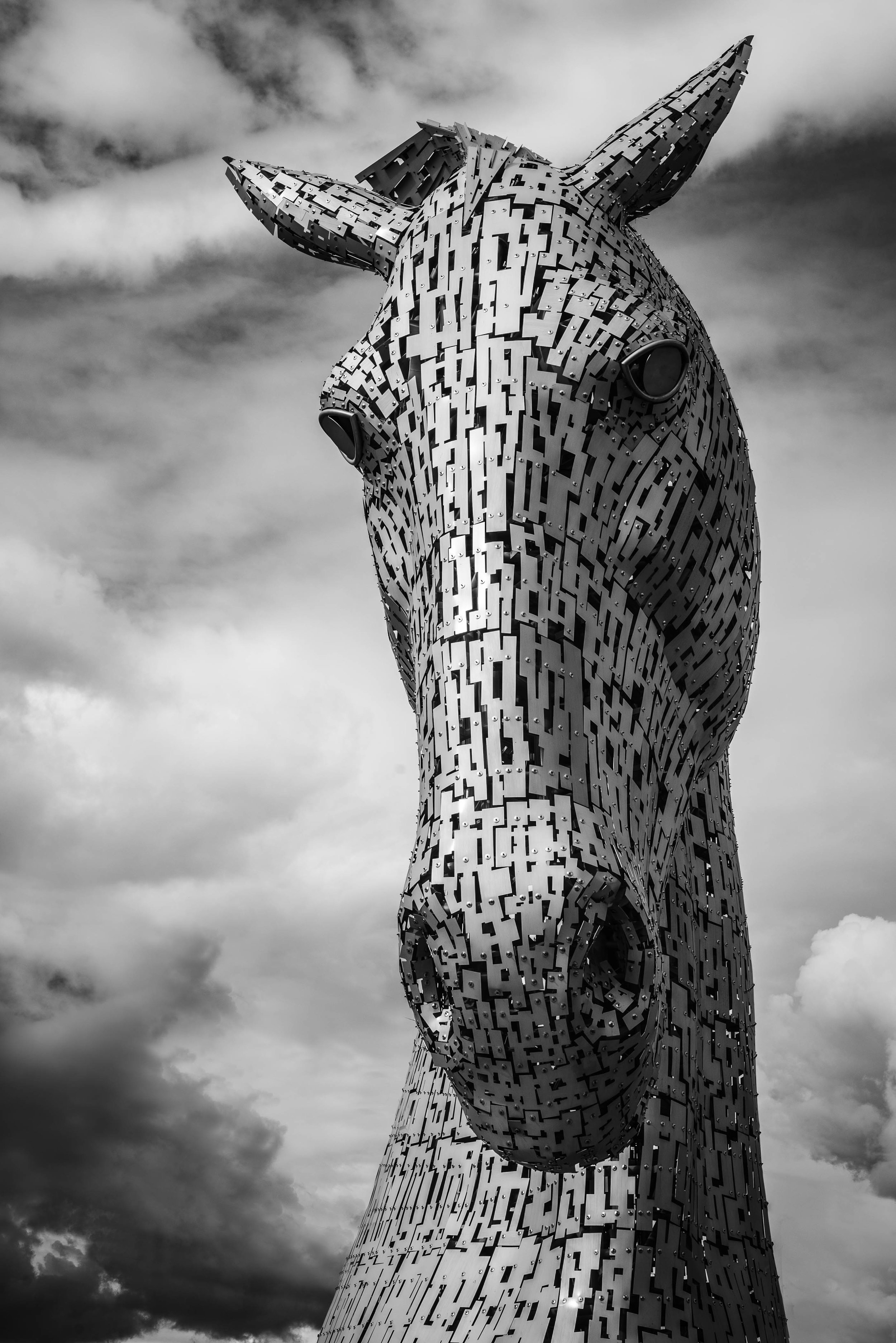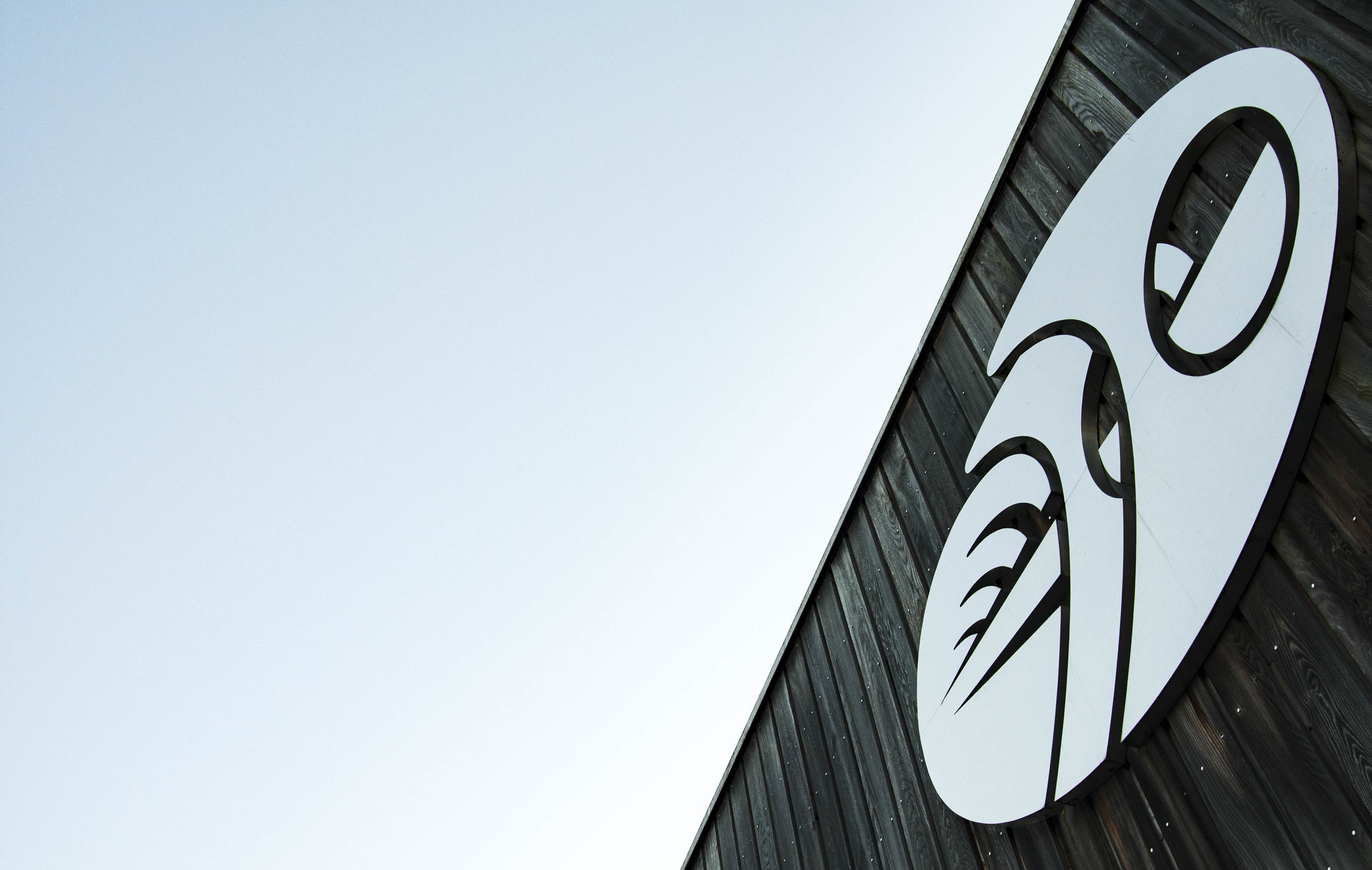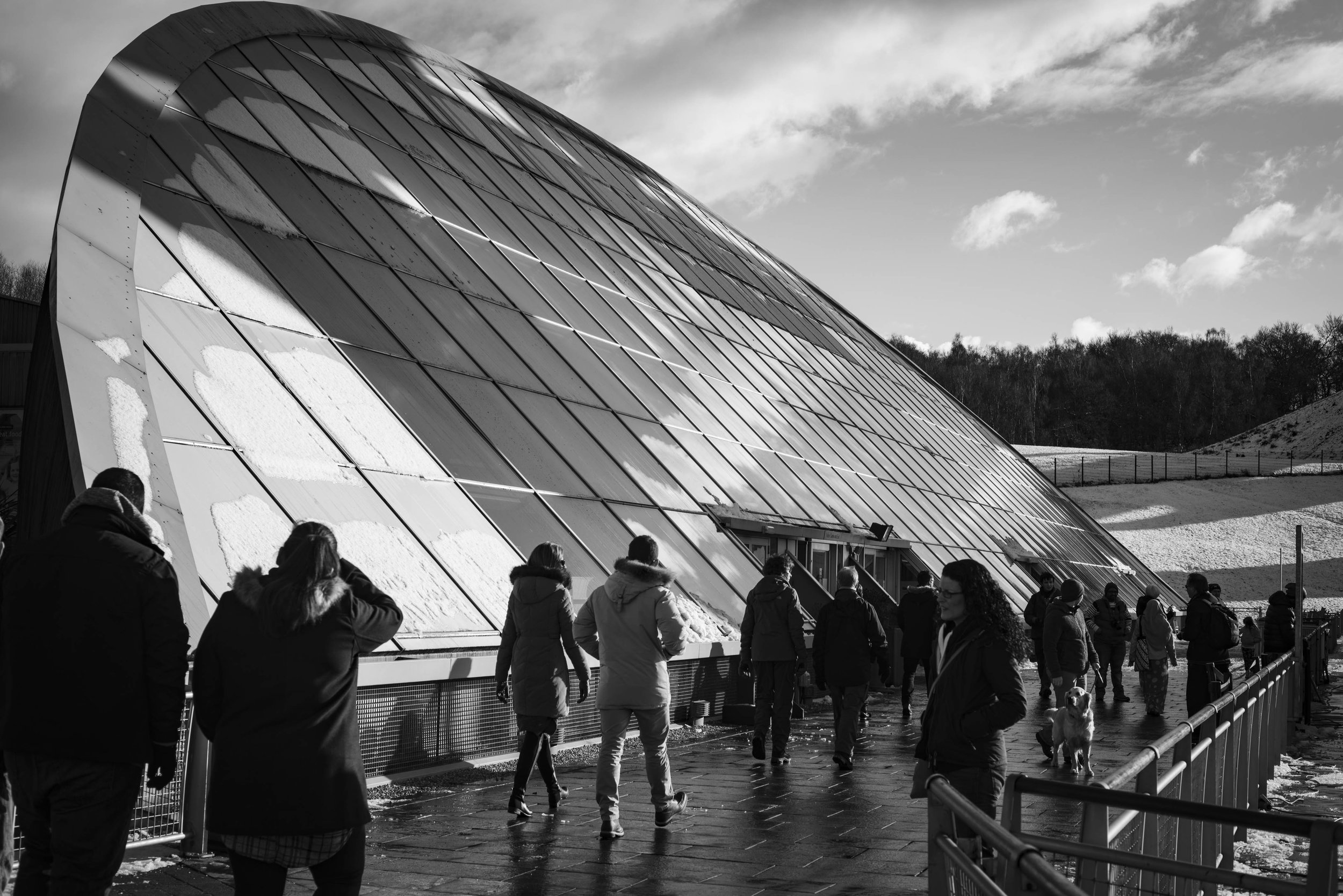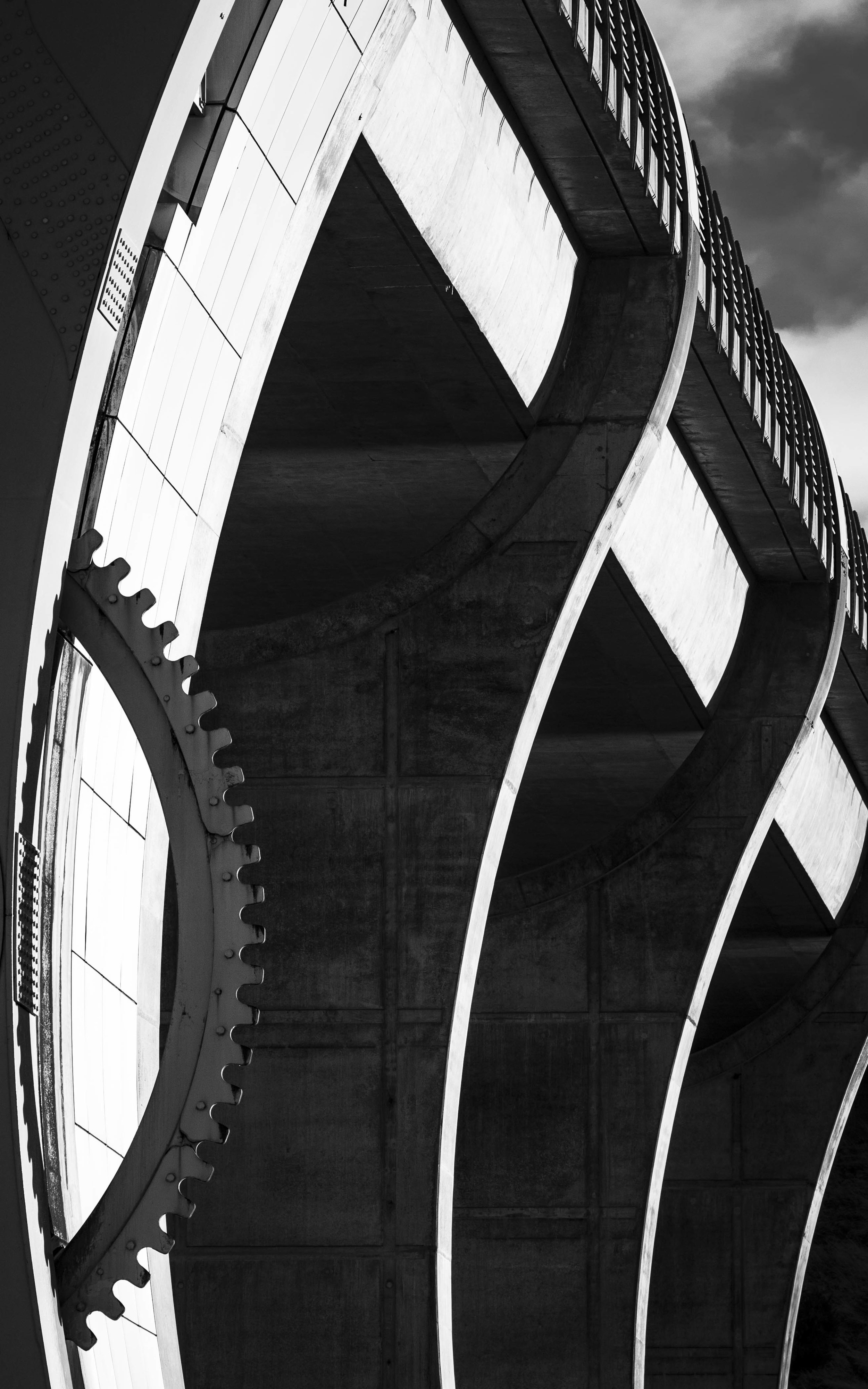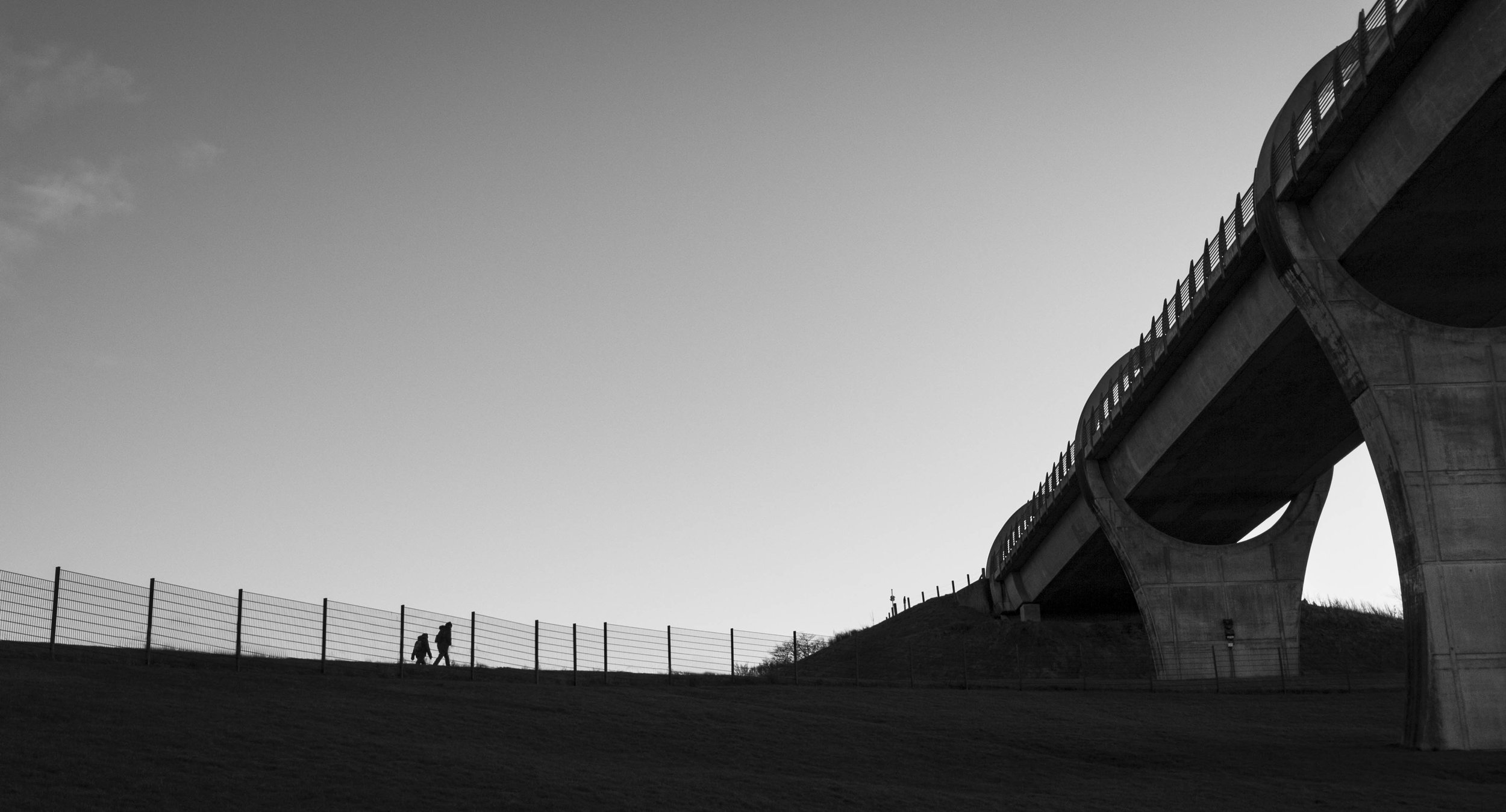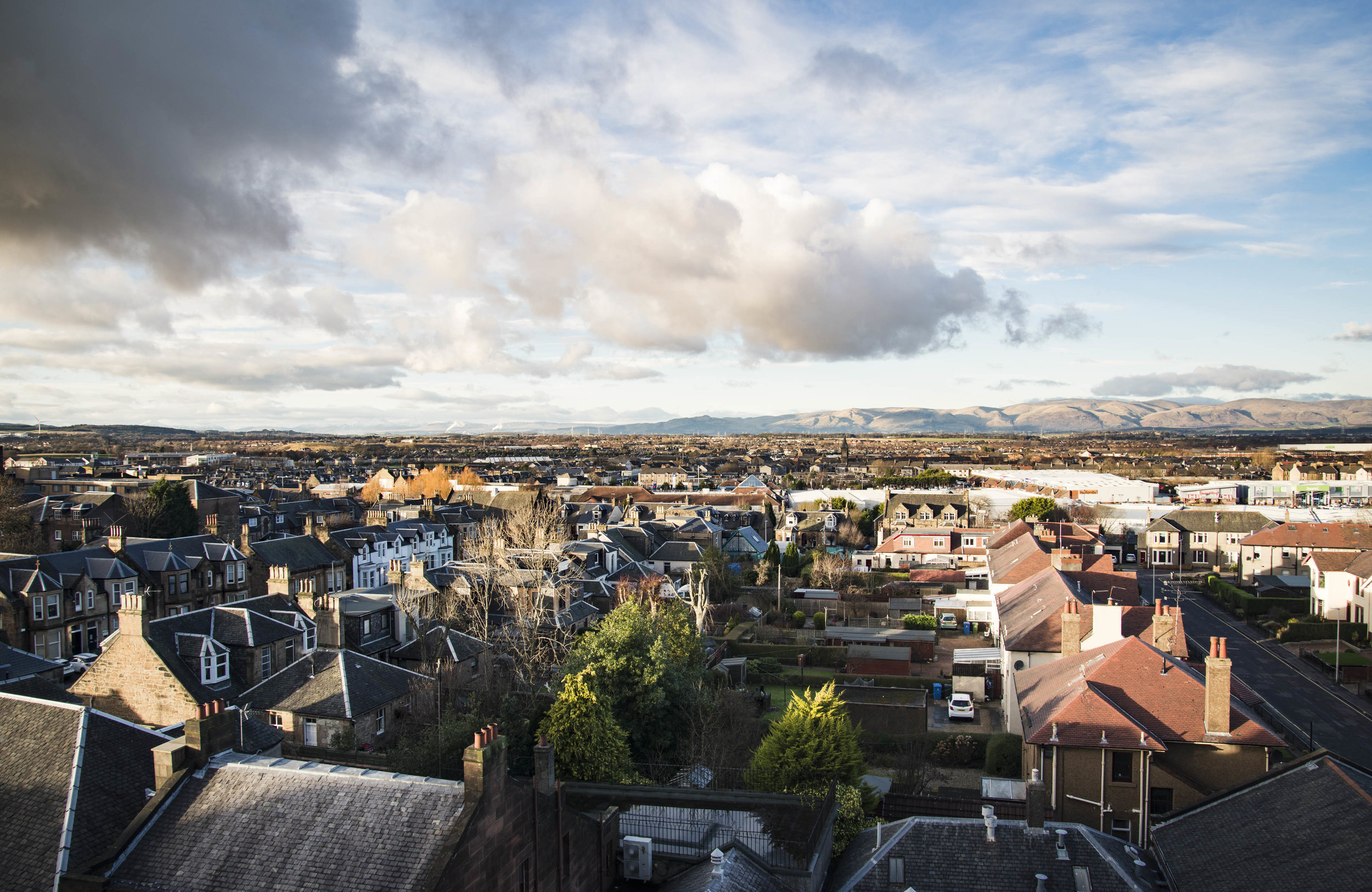Glen Coe
When I first picked up a camera (besides the odd holiday snap as a child), it was to photograph my trips around Scotland on my motorbike. Looking at the wonderful scenery, it almost felt like an obligation. How could I not photograph that? I enjoyed landscape photography and still enjoy it to this day. And even if the resulting photographs don't turn out as hoped, the trip to get them is often enjoyable nonetheless.
However, when I was at college, we were introduced something that changed the game, so to speak; Personal Projects.
Everyone describes their photos as personal. And of course it's true to an extent. Photographs aren't just what you see, but how you see it. But there are different levels of personal. As a child you may well have looked up at the moon and dreamt of an extraterrestrial adventure. So as an adult, you retain that fascination and spend your time photographing the moon. But when it comes to photographs that tell a personal story, your photographs of the moon, regardless of how sharp or well exposed, are not in the same league as eg a photograph of a loved one on their deathbed. So when we talk about personal projects, there's a scale to things, here. There's a difference between a personal project and a personal interest project.
Personal projects require you to make yourself vulnerable. To photograph things that wouldn't normally be photographed or even discussed. They don't always have to be about dying relatives of course but they are as much about you, as the subject being photographed. I also think that by their very nature they should change and affect you as well.
There's no official line that has to be crossed before something goes from being a personal interest project into a purely personal one. But to give a broad example of what I mean: Let's say you're crazy about stamp collecting. You might photograph your stamps and other associated paraphernalia. That would be a way of sharing your interest with a wider audience. Taking that a few steps further and making it personal would be to show how your devotion to stamp collecting has affected your life and the lives of others around you. Maybe you had to take a loan out to buy a rare stamp. Or maybe your spare room looks like a jungle of boxes and display cabinets and makes you scared to bring a potential partner back to your place lest they see how you live and run away. By engaging at that level, you'd be looking at yourself rather than just the objects you'd collected. Maybe upon reflection of your project you'd realise that you'd wasted your life and get rid of everything or maybe you'd realise that stamps bring you joy and go sell your car to fund the next batch.
That, to me, is what a personal project is. Where you, behind the camera, are as much of a subject as anything else in front of it. The odds of every personal project being so dramatic that it makes you re-evaluate your life is unlikely but I think anything that makes you reconsider how you do things has to go down as a win.
I was introduced to personal projects almost by accident. We had been given our 'Documentary Brief' during the second year of college. It wasn't to be a personal project. Though it wasn't not meant to be a personal project. The only requirement was that it was to be a documentary. Very early on, mine morphed into something more personal. It meant that the finished documentary was muddled and lacked narrative but I'm glad that I had what amounted to a test run as it meant that when we started our official 'Personal Project', I knew what I was looking for.
For the Documentary Brief, I needed something practical. A documentary about dwindling polar ice caps would have been great but not something I could deliver. I'll quote my college workbook here about how I arrived at my subject matter:
"I wanted to be sure that if was something that caught my interest. Like most people. I guess, I work better when I’m passionate or interested about a project than if doing something because I’m obligated to.
It was for these reasons that I decided to focus my documentary on my home town of Falkirk. I’ve been photographing Falkirk for the last couple of years but never with a ‘narrative’.
When deciding on a theme for the documentary I looked at what about Falkirk was unique. For the most part, Falkirk is an unremarkable working class town. Except in recent years, Falkirk has been host to two world famous tourist attractions in The Falkirk Wheel and the Kelpies.
As a photographer, these attractions are godsends. I can never complain that I have nothing to photograph. In the relative short time they have been open, they have attracted millions of visitors.
However there are some who believe that the attractions are a waste of money and don’t actually provide any benefit to Falkirk as visitors don’t need to go to the town centre to visit either location. It’s argued that something should be put in place to encourage the tourists to spend some time in the town centre and not just skirt round it on tour buses.
Falkirk High Street is a sad sight, full of empty stores, e-cigarette shops and bookies. It is in desperate need of some clever thinking on how to reinvigorate it. It’s upsetting to see the place you grew up in deteriorate so badly in such a short space of time.
It’s with that in mind that I chose to document the contrast between the successful tourist attractions and the dying high street."
You can already see how things became muddled and how things became personal. There are a few different ideas there about what makes Falkirk unique, about different views on the attractions and about how the high street falls while the attractions flourish. There is also the note about it's upsetting to see the deterioration. The seeds were being sown at this early stage for this to become more than I had originally considered. And for it to be a bit of a mess.
The town centre really is like a ghost town at times these days. No different from many other towns in the country of course but I didn't spend my youth in those other towns. So I started there to get the ball rolling. It wasn't hard to find closed shops and signs of hard times.
At this early stage, I was worried that the project would be a bit too negative. There really isn't much going for the town centre to be honest. Several more shops closed in the month that I photographed everything.
It was looking at the state of things that I started to feel a bit sad at how it had changed and not for the better. I started thinking about how much more it would change in coming years. There's nothing to suggest that high street retail was on the verge of a comeback. It got me down, it got me thinking and that emotional response started to be the driving factor of the documentary..
The shoots at the Kelpies were a bit more upbeat. It seems that any money spent by the council goes there and every time I visit, something new has been added. It's also almost always busy. Even in January, visitors mill about and get photos where they pretend to feed the horses, like those people who pretend they're holding up the Tower of Pisa.
What I realised when I was there was that I was photographing a period of change. Falkirk was changing. The high street really was on the way out and these new monuments were becoming the 'face' of the town. I thought of what else would change in the coming years. I wondered what parts of the town that I had memories of would be gone in the future. I mean, a Burger King is hardly a great loss but it is symptomatic of a larger problem. How long until the library goes or until the budget gets cut to keep the high street clean and things start falling apart?
It was really at these thoughts that the project drifted from being a comparison of the old and new Falkirk and towards being more of a walk down memory lane for me. I started looking for parts of the town I hadn't seen before to make sure that I saw them before they closed or knocked down to make way for something else.
Here are three examples of what I started photographing with the notes I took at the time:
"The park towers, while far from a visitor attraction, are the tallest buildings in the town. They can be seen for many miles and when travelling are often the first, distant sign that you are nearing home."
"This image will win no prizes. It’s a dank, delivery tunnel that I have walked past countless times as it lies between the top of my street and the High Street. I never knew was was down there and every time I would walk past, I would look down and wonder. From when I was 6 onward. Taking a photo of this for the project, I decided to quickly skirt round the barrier and have a look to find out. Turns out, there is nothing of interest at all. Now this has been a mystery since childhood and I shattered it for the sake of this project and I feel sad when I look at this photo. It’s no longer the entrance to an underground world that could house any number of weird and wonderful things. It’s a delivery road with a pile of wooden palettes behind a gate."
"At the top of the street of my family home, is a multi storey car park. For obvious reasons I have never had any use for it and consequently had never set foot in the place. While looking about, I noticed that it would have a good view of the hills and the entire Forth Valley. So I wandered in and up to the roof level which I found completely empty. This allowed me to see and photograph Falkirk in a way I hadn’t seen it before.
Right up until I was asked to leave by security for photographing without permission."
Think back to how the project started. I was photographing the contrasting fortunes of the high street and the tourist attractions. I was now photographing high rise flats and musing about how they were a beacon that I was nearly home. I had lost track completely of what I set out to do. The original idea was dead and this new track had taken its place.
I was getting to know my home town better than I had before. Really looking at Falkirk wasn't something I'd done before. It was always just there.
I think I was just the right age for this project (at least the new approach to this approach). I was approaching my 34th birthday when I started this one and I think at around that age you start to become more aware of things around you not being like they used to be. Buildings/businesses etc are 30 years older than when you first saw them. People around you have moved elsewhere or passed away. You realise that one day it'll be you that people remember as 'the guy from the coffee shop' or the Lollipop Lady, or however you made an impression on people. You start to wonder about how long you have left and make more of an effort to take in the things around you. I think that's why it struck a chord with me.
I handed in my project a month or so after starting it. It was well received, though it was noted that while the photographs were good, it could really be two books in one. One, looking at the new direction of the town and the other about me getting sentimental as I realise that change is happening around me. Either would have been worthy of exploration but less so in the same collection.
At the start of this post, I noted that my Documentary Brief had become a personal project. I also laid out my criteria for calling something personal work. I would say that this only just qualified in places but it had opened the curtains that allowed me a glimpse of how personal work could affect your own outlook on things. I had never felt more connected to my own home town. I took it less for granted after that. In fact a few months later I went on a tour of the town with a local historian to learn more about the older buildings in the area.
Hardly re-evaluating my life but it definitely changed my outlook. Which was something that I wasn't expecting going in and hadn't really experienced before from photography. I think that was pretty good going for a month of shooting for a college brief. And the project continues to this day, albeit more slowly than it started and with the focus on 'change', rather than looking at the High Street vs. Tourist Attractions. No deadlines means I can take my time.
I was aware at the time that the photographs had very little human element to them. There were people in the photographs but they were passers by, rather than integral parts of the project. Having started with the idea that I'd be photographing local shop workers and politicians, the plans were dropped when I started photographing old places I had fond memories of. Further highlighting how the project went off piste halfway through.
Looking back, I think the biggest contribution to my photography and my time at college that came from this brief was that it served as a practice run for the final project of the year. I was able to see how allowing yourself to get distracted could really screw up a selection of photos. But it also showed me that by doing something personal, I would find it all the more rewarding than any of the other work we did at college.
The photographs included in the project can be seen below:
